They built their names using math link cubes.
|
Penguins are also flightless birds. They have adapted flippers to help them swim in the water. Penguins spend around half their time in water and the other half on land. Their body is built for swimming, their average speed in the water being about 15 miles per hour. They created a penguin puppet using a paper plate, paper and paint. They pretended to be penguins and waddled around! They built their names using math link cubes.
0 Comments
Ostriches are fascinating birds. These flightless birds have huge eyes which are actually bigger than their brains! This special feature gives them excellent eyesight. They have sturdy legs and a bulky body covered with feathers. It cannot fly but can run extremely fast. The ostrich is the world's largest bird and they lay the largest eggs in the world. During this Invitation to Create, children talked about bird body parts while they experimented with how to make feather markings using paint and a fork. These types of art projects inspire children to teach for common house items then use them as tools or art supplies. Process-based art allow children to think outside the box and become innovators. They used dot markers on butcher paper to dot letters and sorted letters with stickers. They used magnifiers to investigate different bird feathers and match the bird with the feathers. Chickadees are known for their distinctive -dee call. There is a code to the number of -dees called by a chickadee. One -dee indicates that there is no threat, but five -dees at the end of the call could indicate there's a predator nearby.
They drew a line in their journals and were encouraged to dip their finger in the stamp pad and place 6 or 10 fingerprints (birds) on the line! They created chickadee shape birds on a line. We have been working letter Xx and they completed Xx puzzle. We have been reading a book about generosity, Bunny is not feeling well, his Bear, Bee and Bird friends make Bunny some tea to help Bunny feel better. Hummingbirds are the world's smallest bird. They sip nectar from flowers (red is their favorite color)and eat small insects such as aphids and spiders. Hummingbirds can fly sideways, backward, and even upside down! Hummingbirds use their W-shaped tongues to lap up nectar from flowers. We looked at the Inspiration Photo and we talked about all the features on the bird and the flowers on the photo. We discussed how they could use the straw, paint, and cupcake liners to create a hummingbird.
We sorted flower letters X, M and K on the letter mats. After letters were sorted, we turned over the flowers, they picked a letter, stated the letter they picked and wrote the letter in their journals. Bald eagles build their nests at the very top of tall trees so the eggs will be safe. When they attack their prey, they swoop down up to 100 miles an hour. The eagle is the national bird of the United States. They made a bald eagle today.
For fine motor, they wrote X's, colored and pasted Xx's in their journals. Woodpeckers are best known for their loud hammering pecks. They use their beaks to peck and dig under bark to find carpenter ants, beetle larvae and other insects. They generally lay four eggs at a time, which take about two weeks to hatch. Woodpeckers peck on wood to look for food, store food and mark their territory. I assembled a woodpecker oscillation experiment using a paper woodpecker, a straw and a rubber band. They explored holding the rubber band in different ways to make the woodpecker peck and move up and down!
For fine motor, they colored and cut feathers to glue to their bird. Bluebirds can be quickly spotted because of their blue feathers and their cheerful chirps. They can ofter be found on trees or fences. They have round bellies, long wings and short legs. Bluebirds have incredible vision and can spot an insect on the ground 60 feet away. A male can sing as many as 1,000 songs an hours to try and attract a mate. During this Invitation to Create, children used their spatial and creative skills to construct a bluebird. As they do with a puzzle, children explored turning, flipping and rotating the shaped pieces to make a complete picture. Through this process, they learned that there are multiple interpretations of a bluebird instead of just one.
We discussed that birds are all different colors. As a group, they took turns spinning the Bird Color Spinner. They stated what color it landed on and then drew a bird that same color! We are starting week 3 and learning about tree birds. Birds are all around us, which makes the topic of "birds" exciting for children to learn. It is beneficial for children to have opportunities to explore nature in their own communities because it helps build connections and appreciation of the living things surrounding them. Even though children are young, they are able to understand that, just like us, birds and other living things need a healthy envrionment in which to live. In this unit we will learn about the bluebird, woodpecker, eagle, hummingbird and chickadee. We have been hearing a woodpecker when playing outside.
Tail feathers can move and spread. They are used to help steer a bird in flight and when landing. They can use their tails to warn others of danger or even to say "I love you." Today they created their own birds using a paper plate, colored paper and wiggle eyes.
For fine motor they colored, cut and pasted birds! Birds are bipedal animals. They have two feet and can stand, walk, and run. Birds use their feet for multiple reasons such as grasping prey, perching, hopping, waddling and swimming. They made bird tracks using a stamp pad on I Spy M and used paint to make bird tracks across the hexagon.
They sorted letters Xx, Kk, & Mm and were encouraged to draw beaks in their fine motor journals. They completed their Mm letter puzzle. |
Archives
May 2024
Categories |
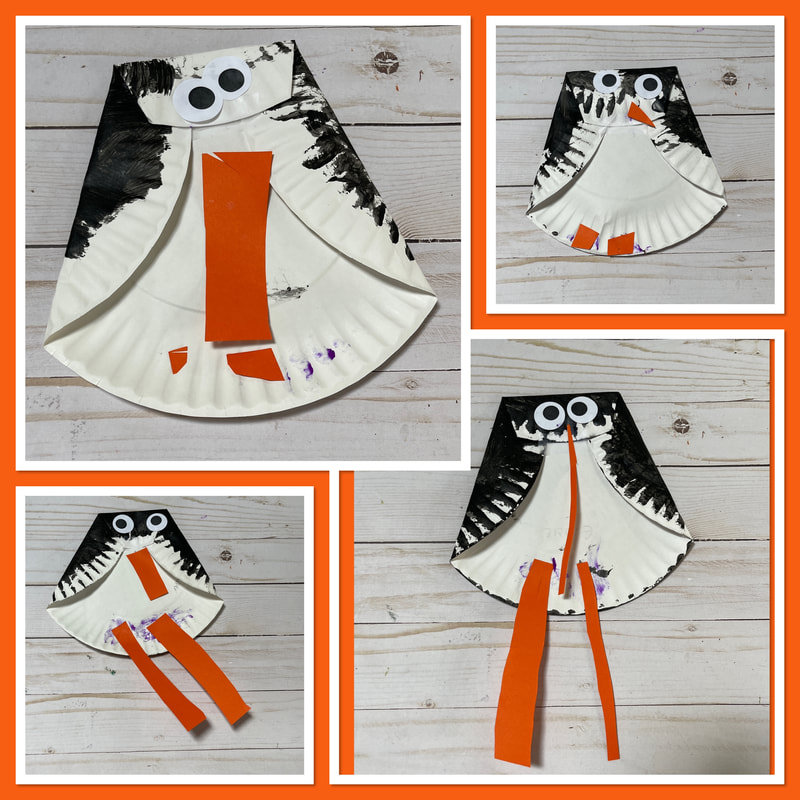
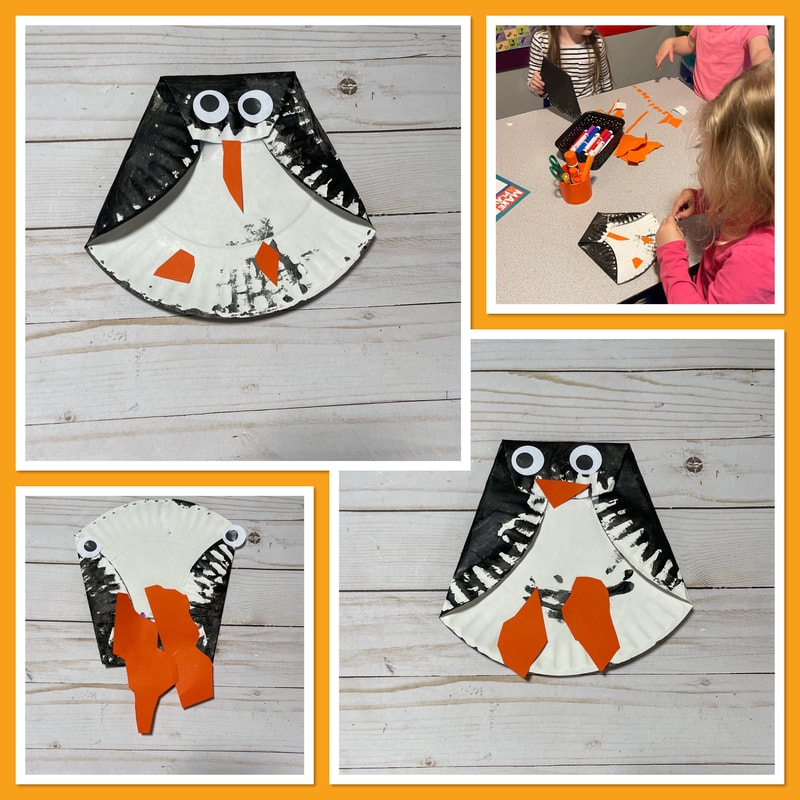
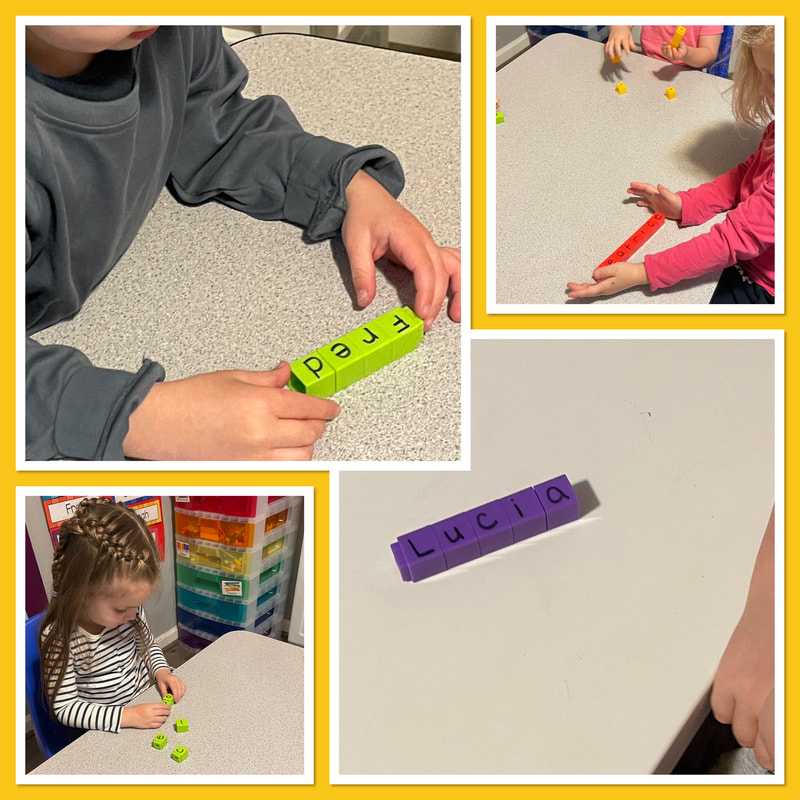
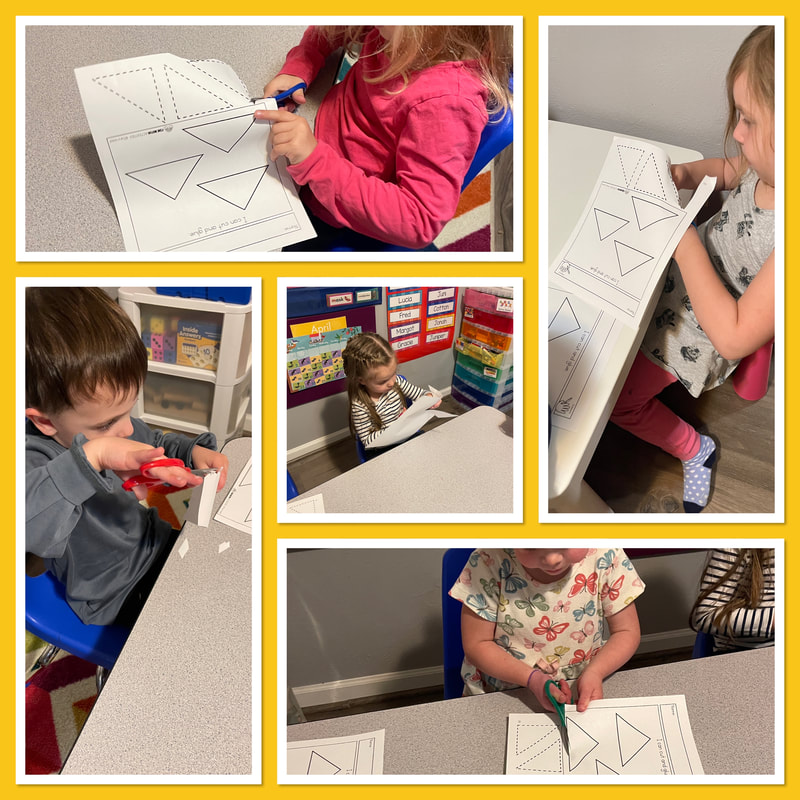
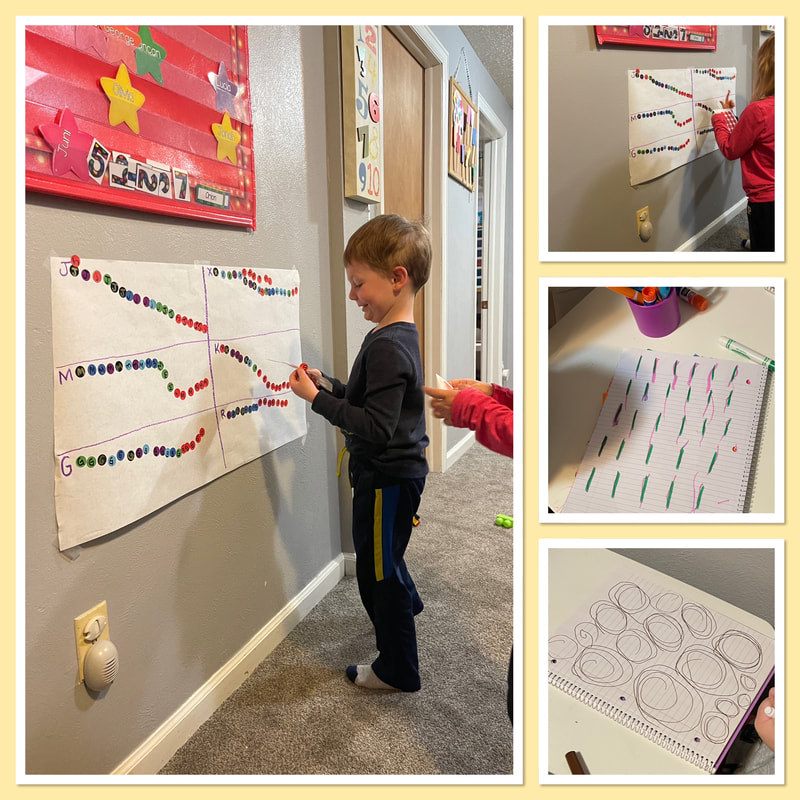
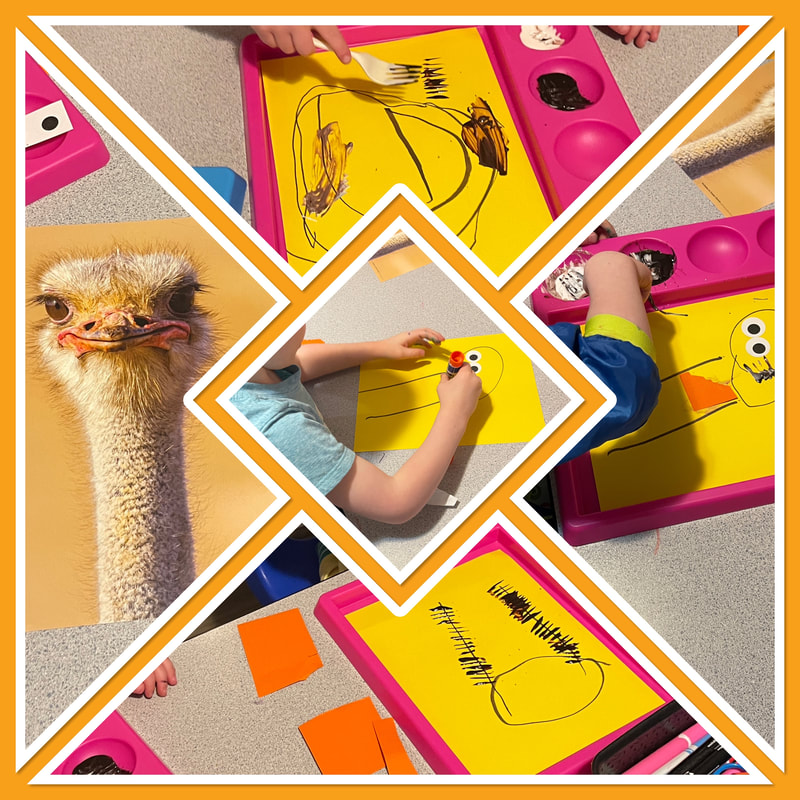
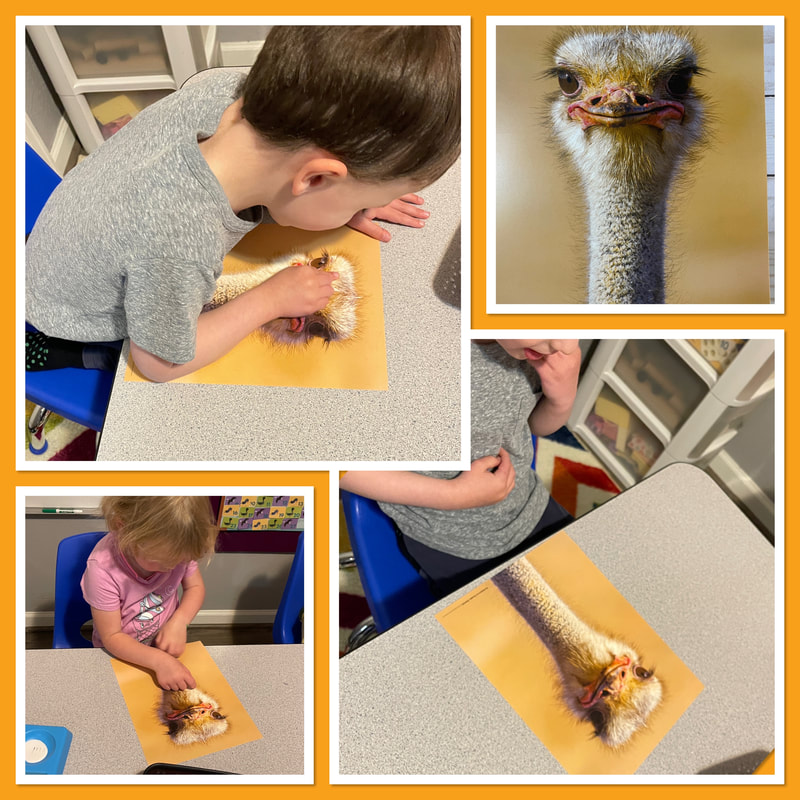
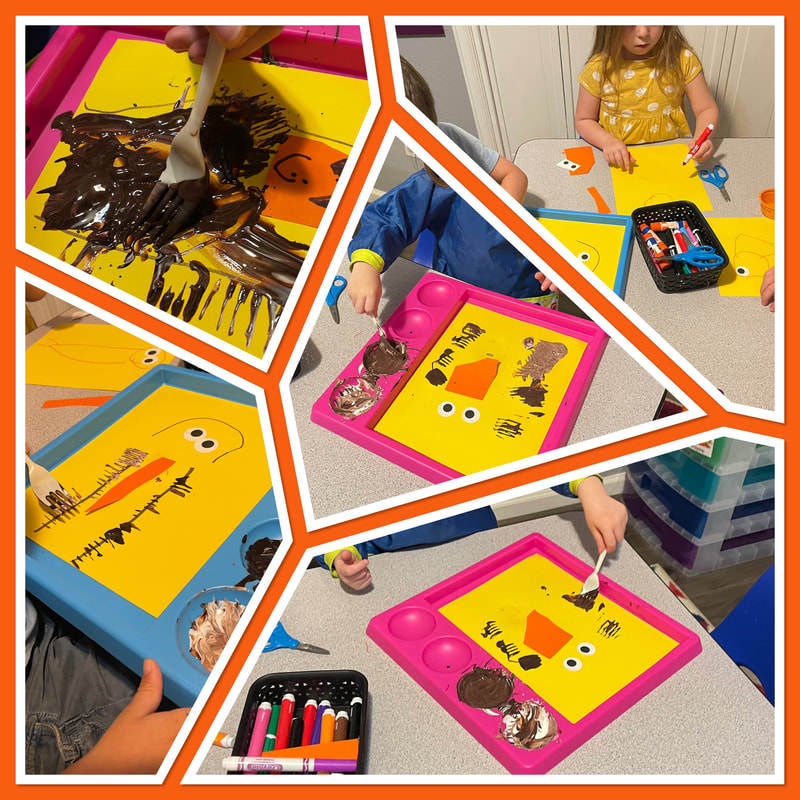
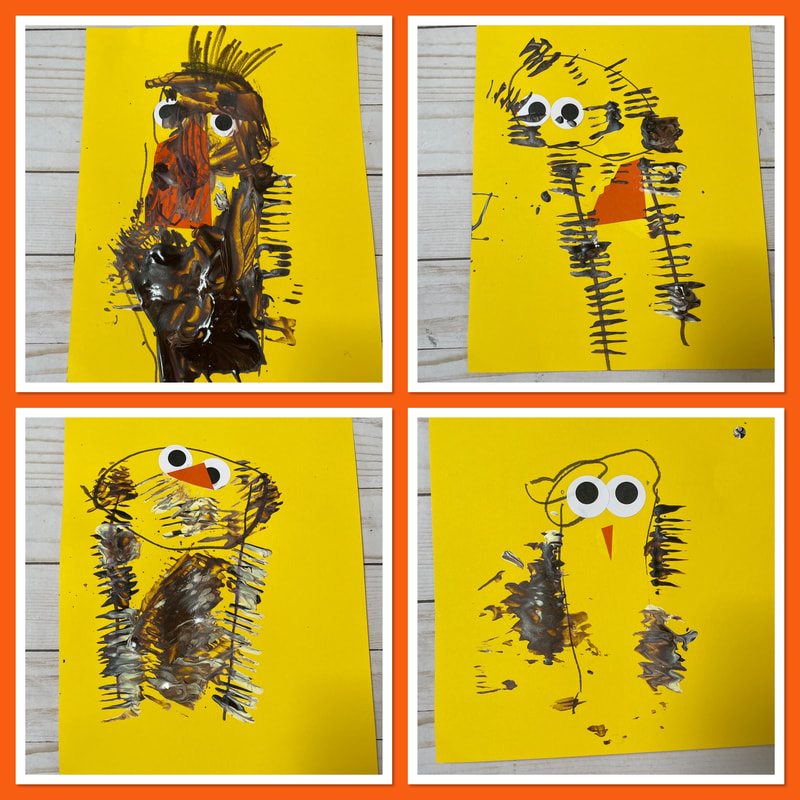
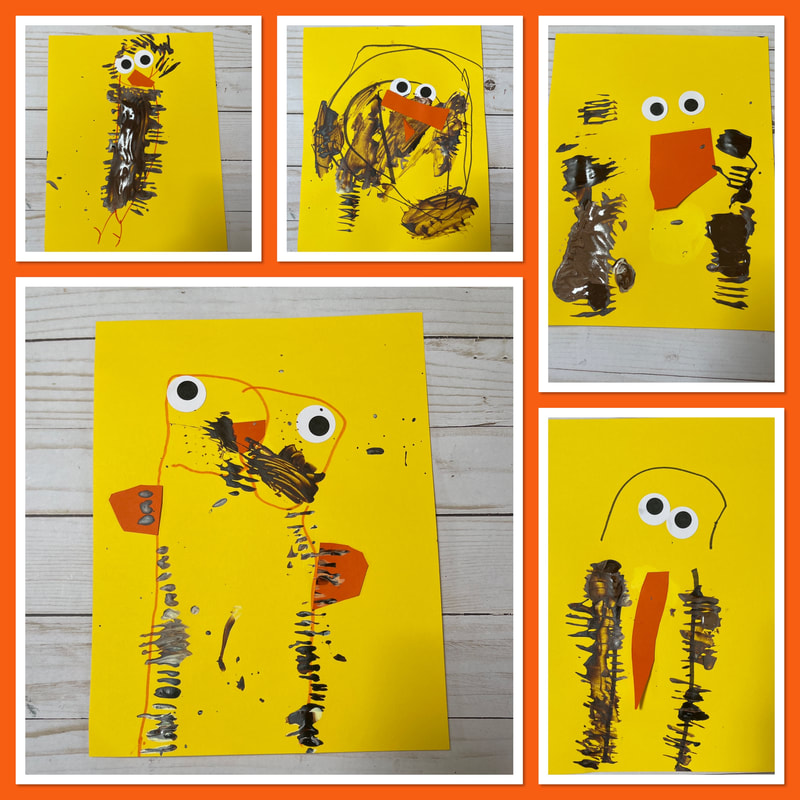
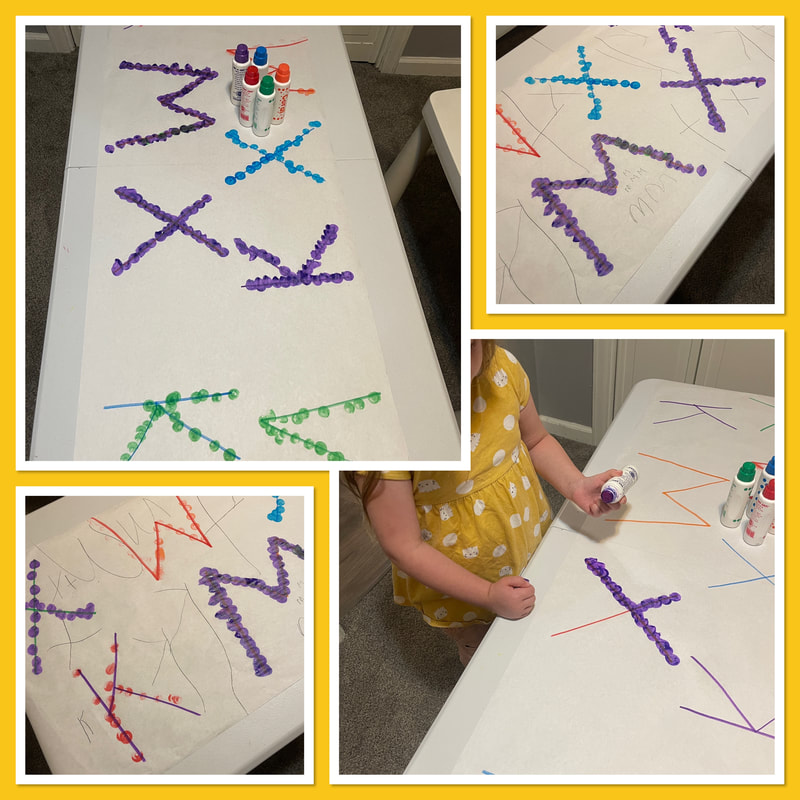
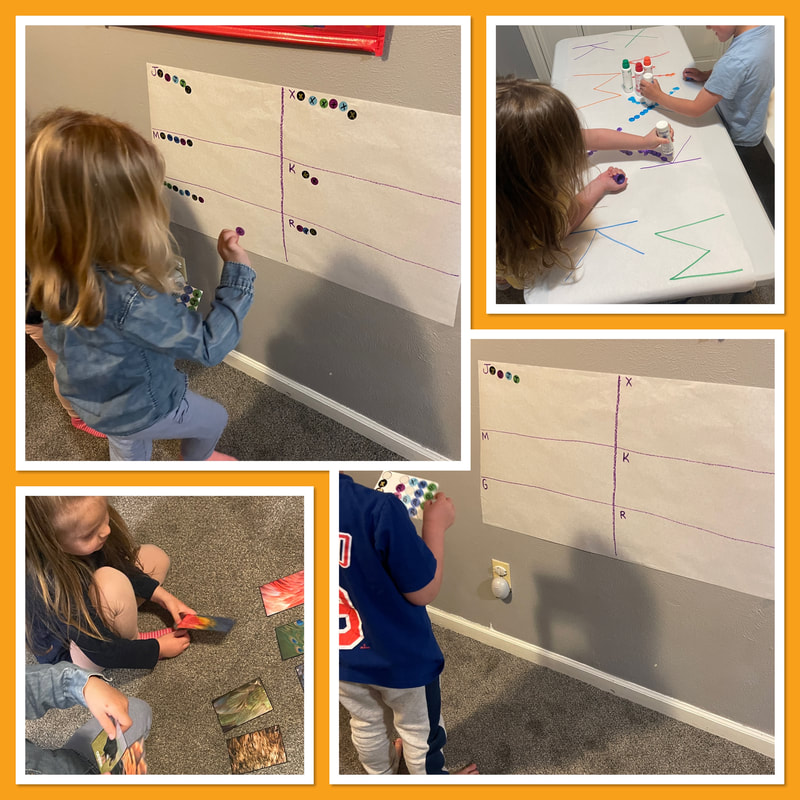
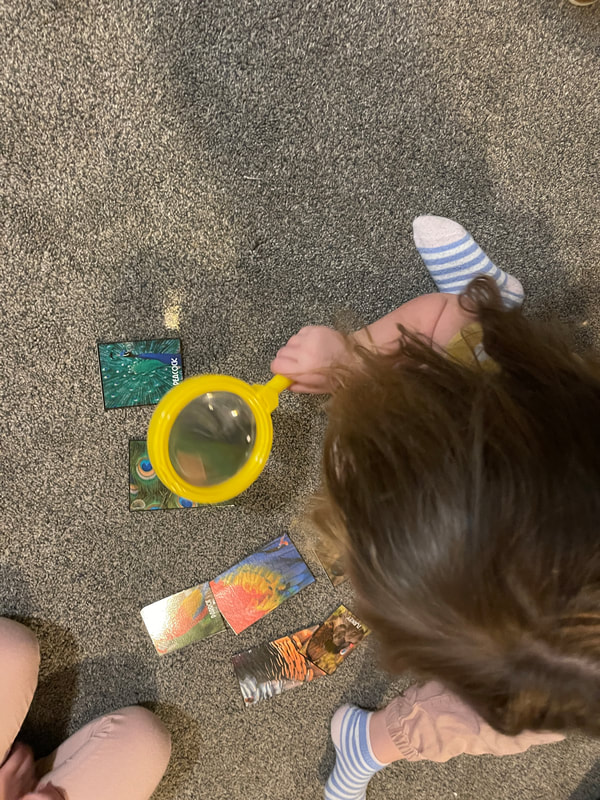
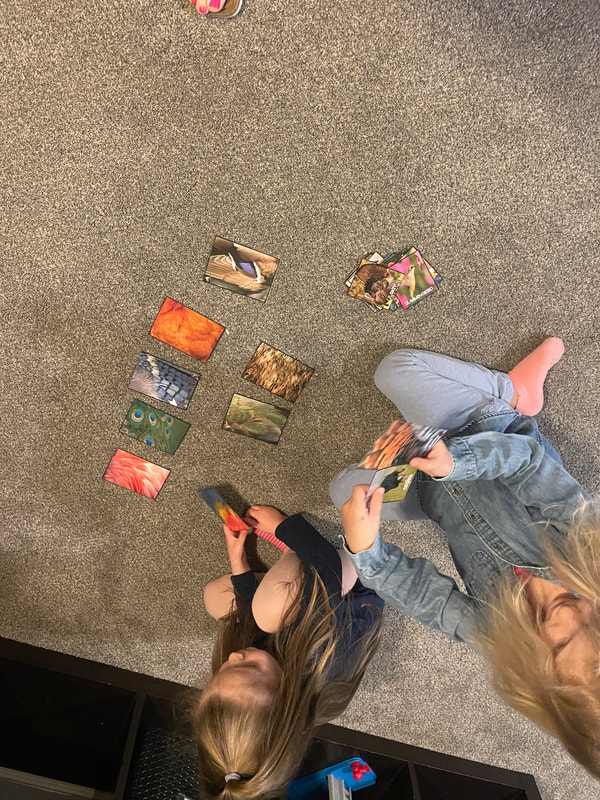
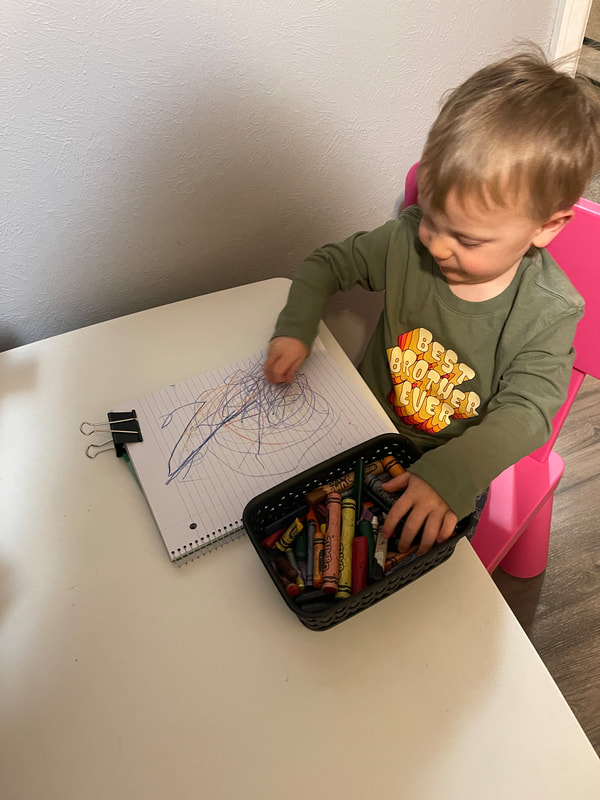
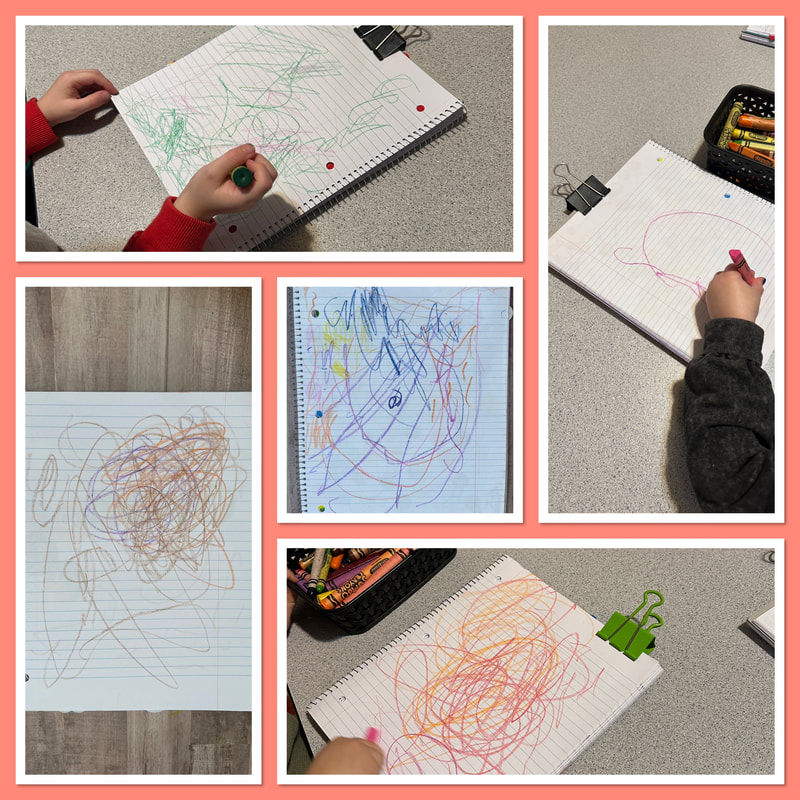
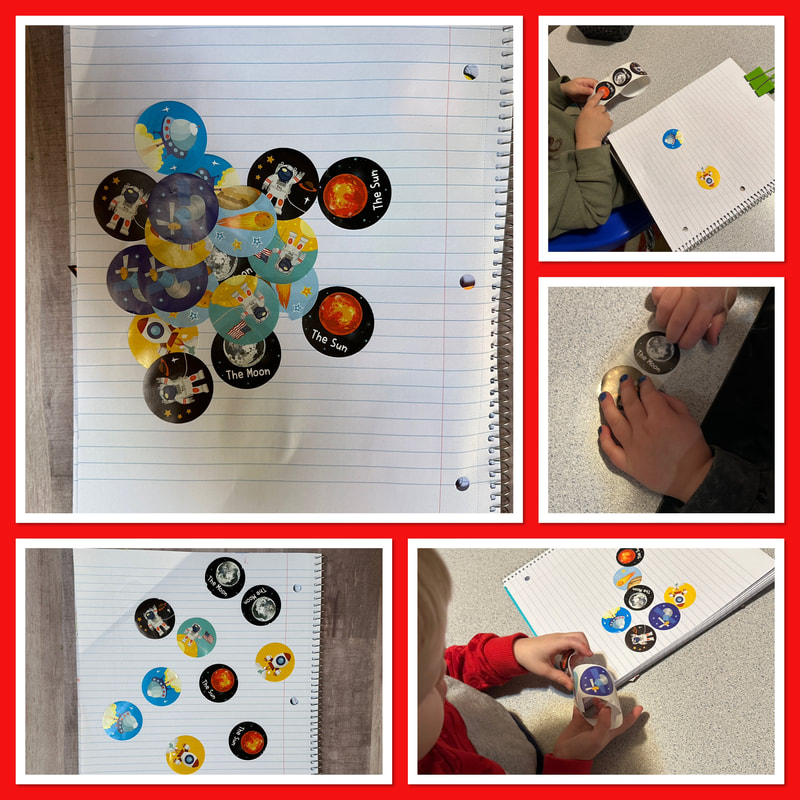
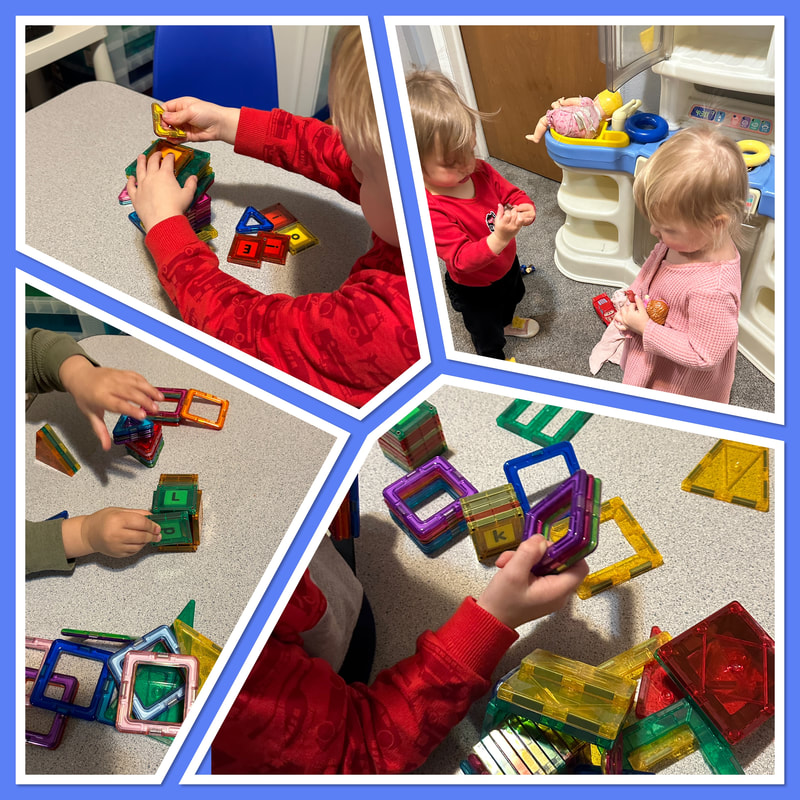
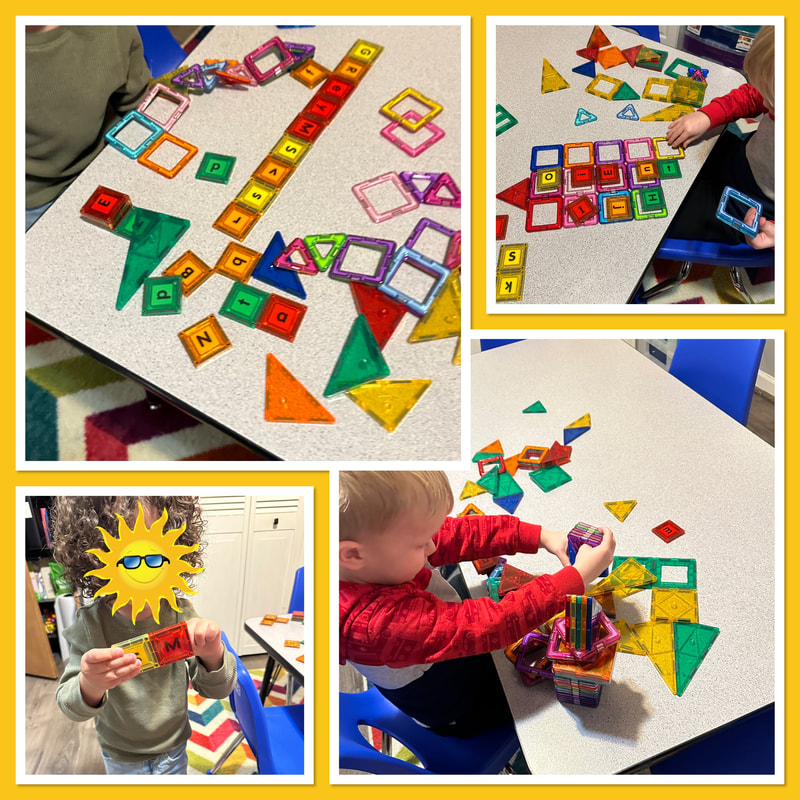
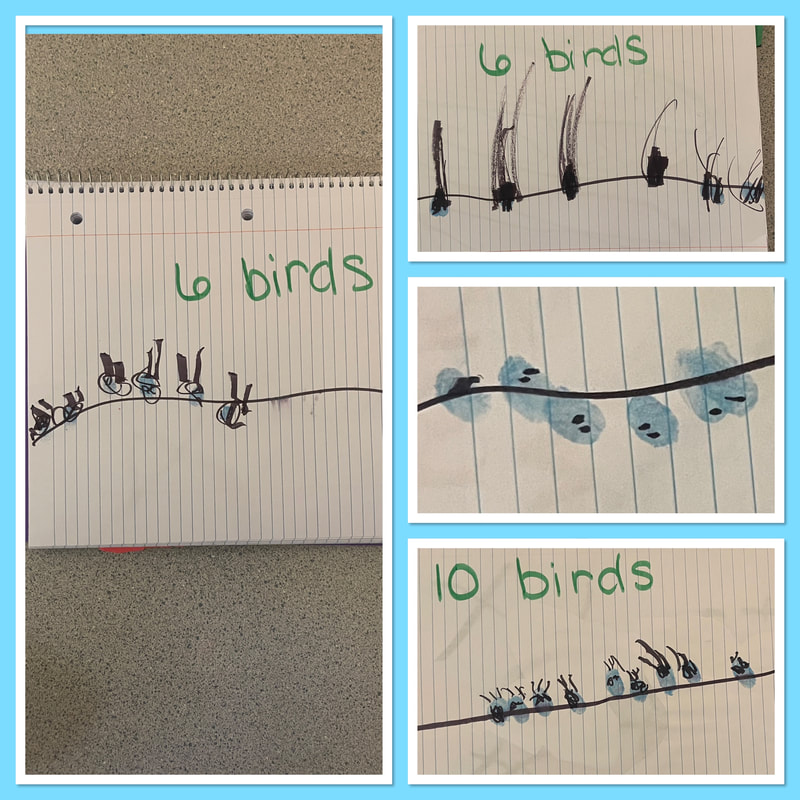
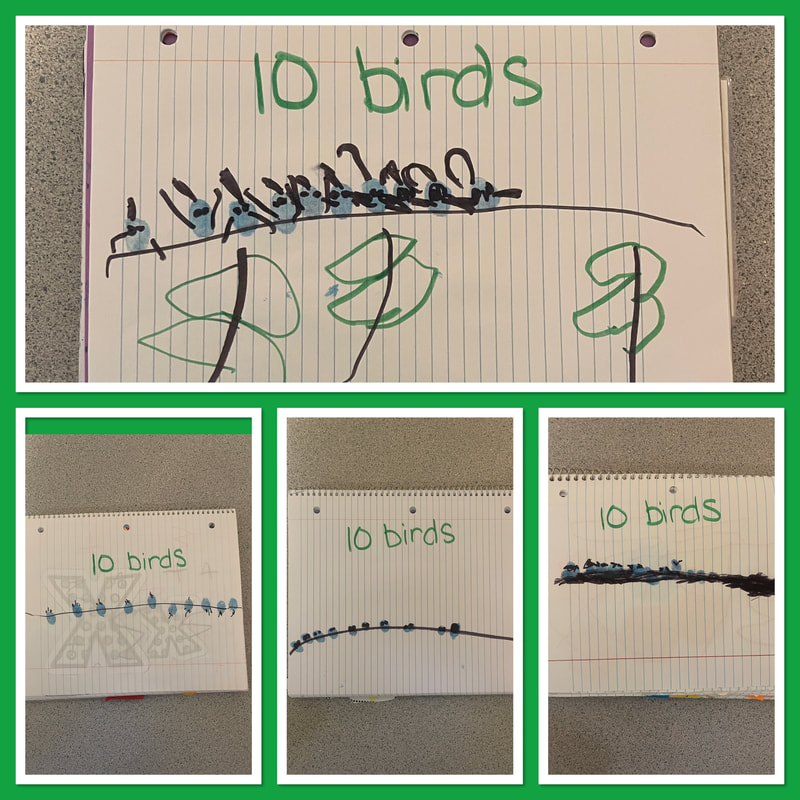
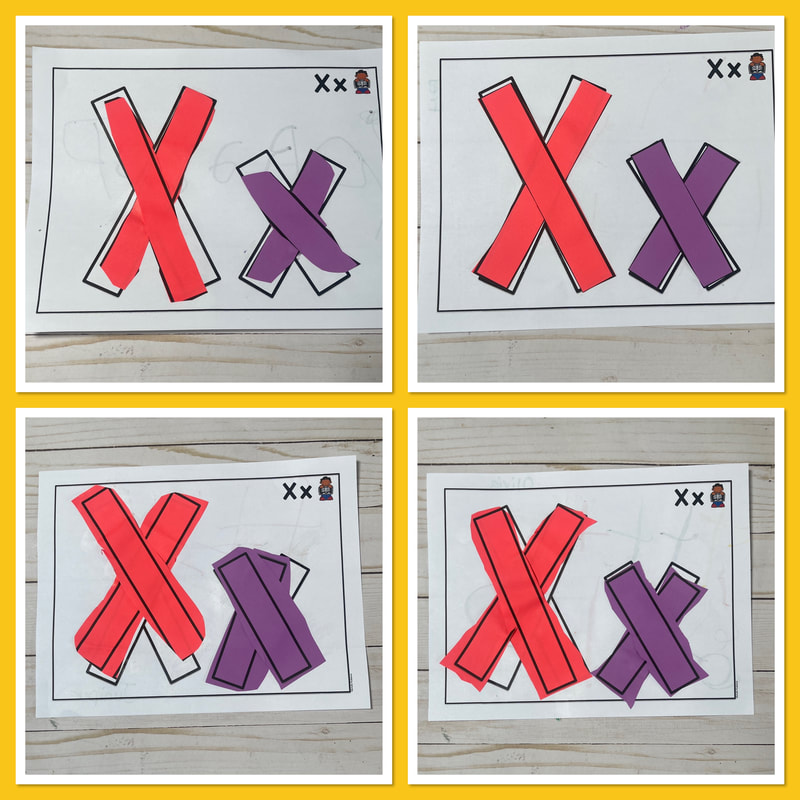
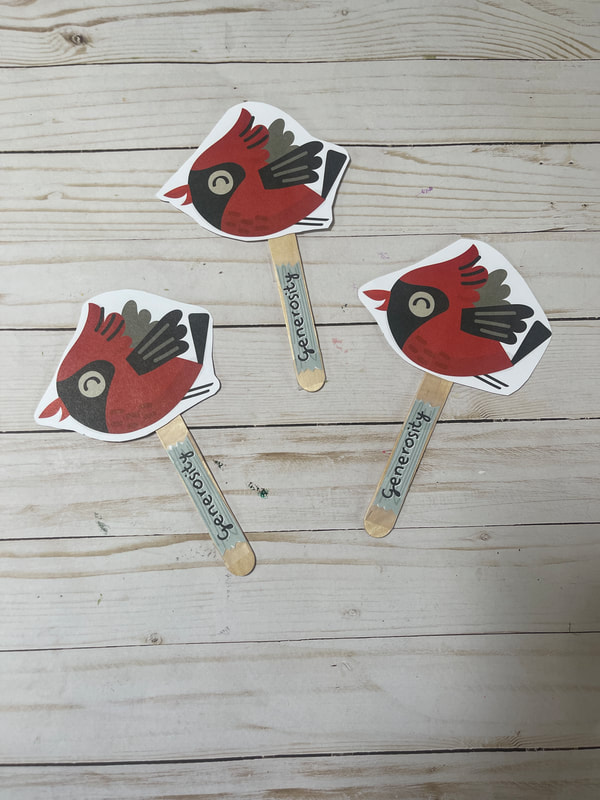

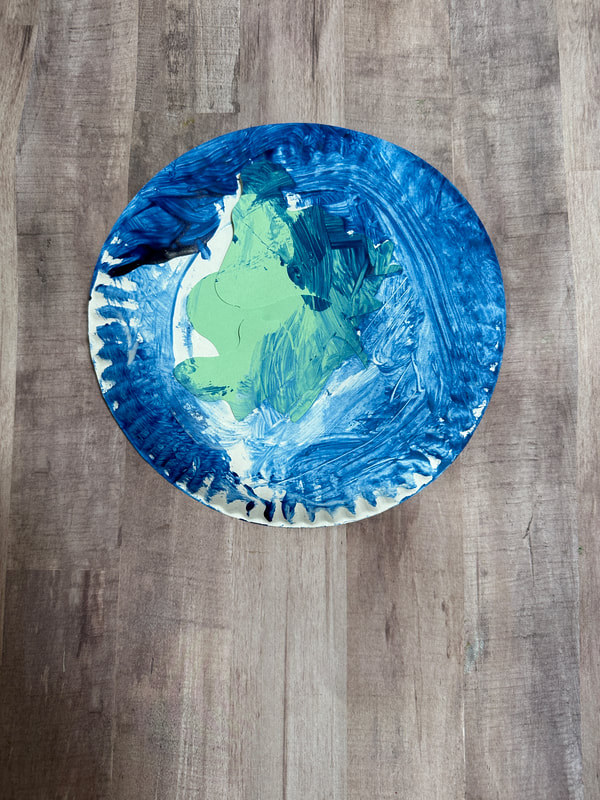
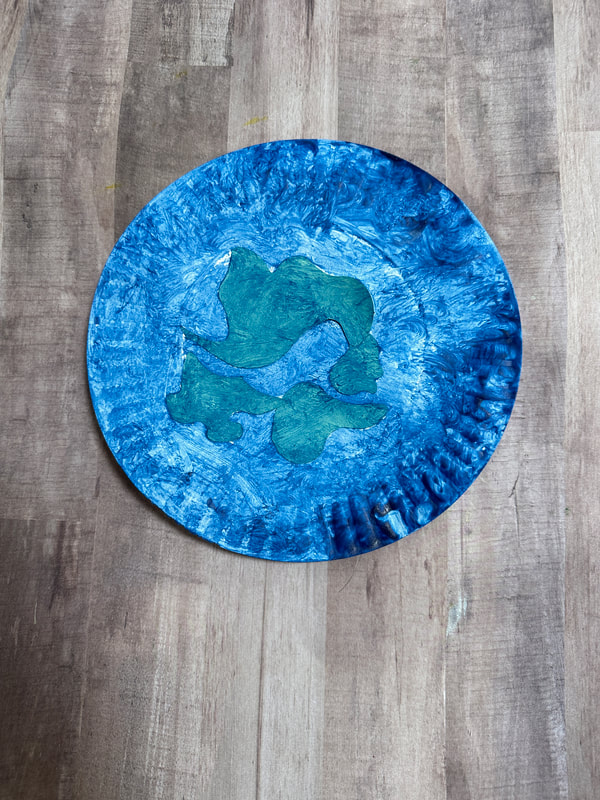
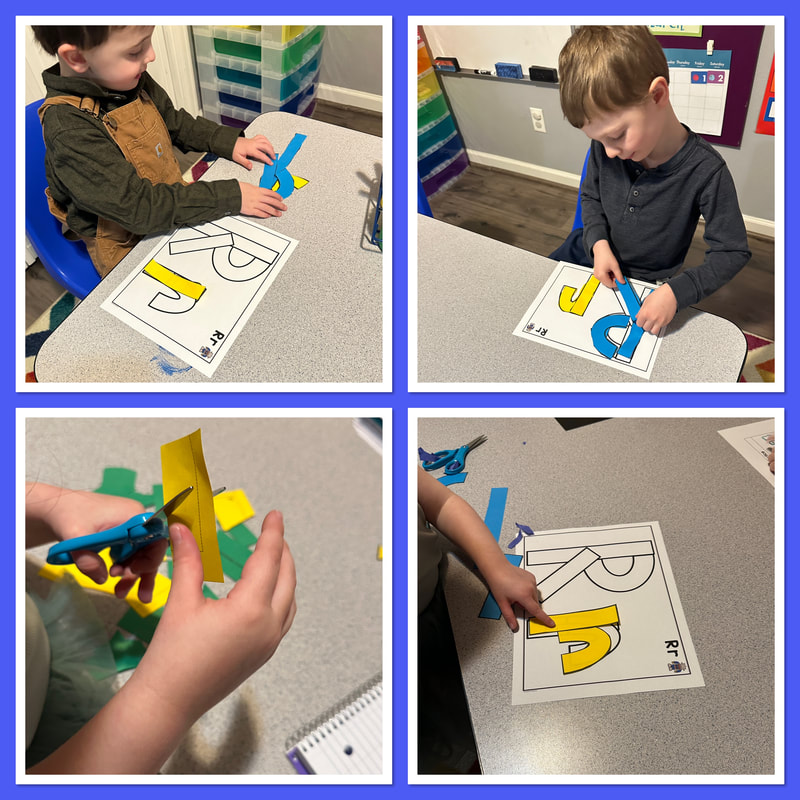
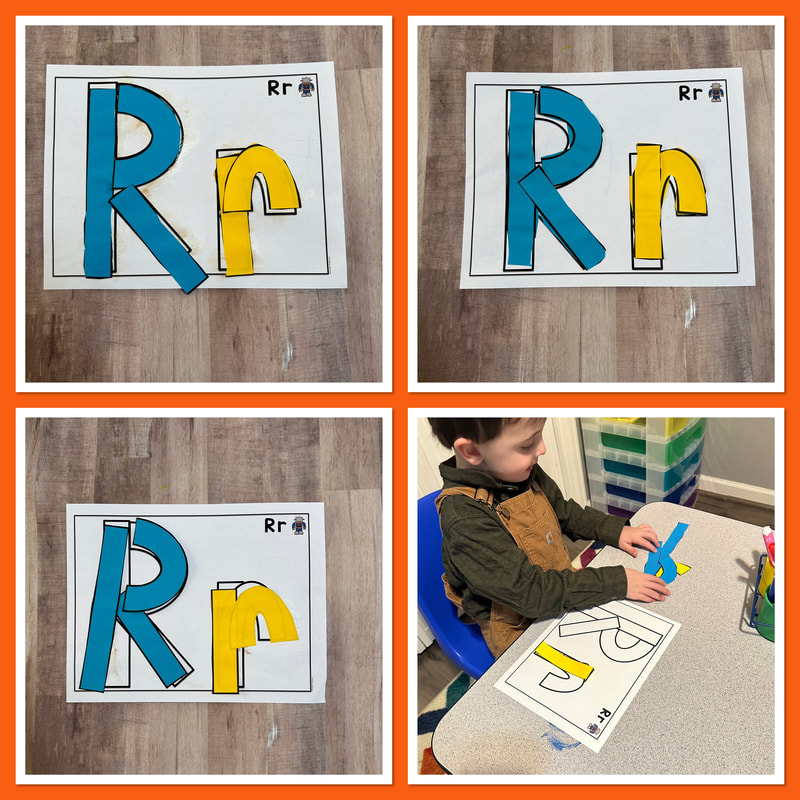
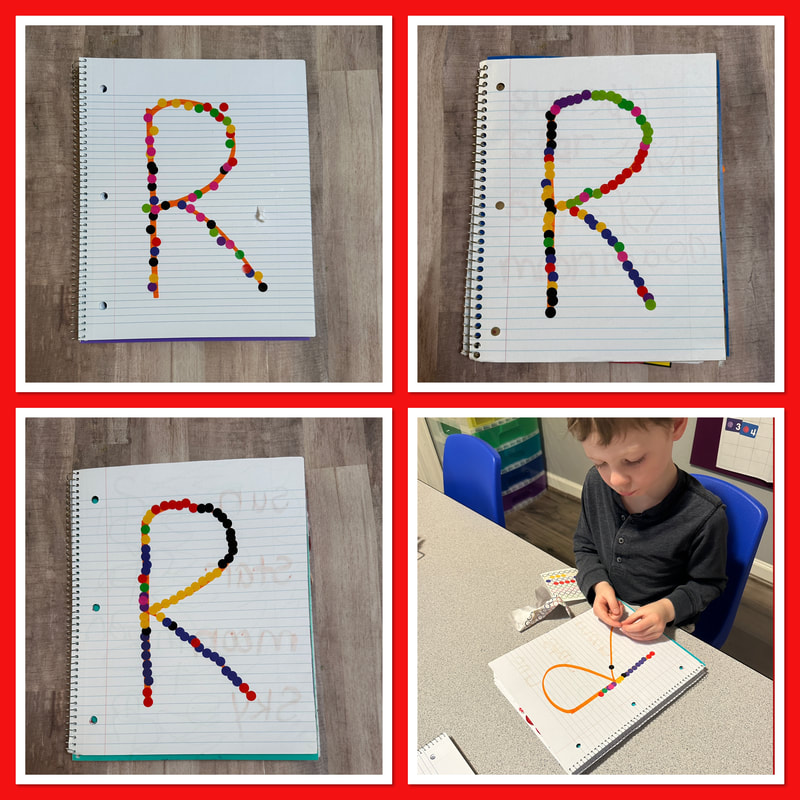
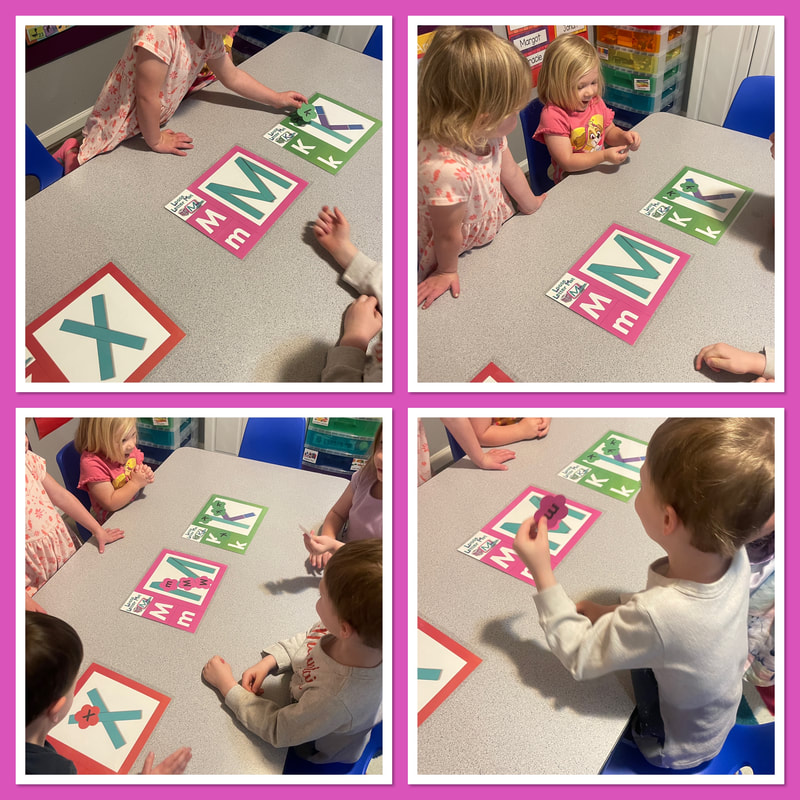
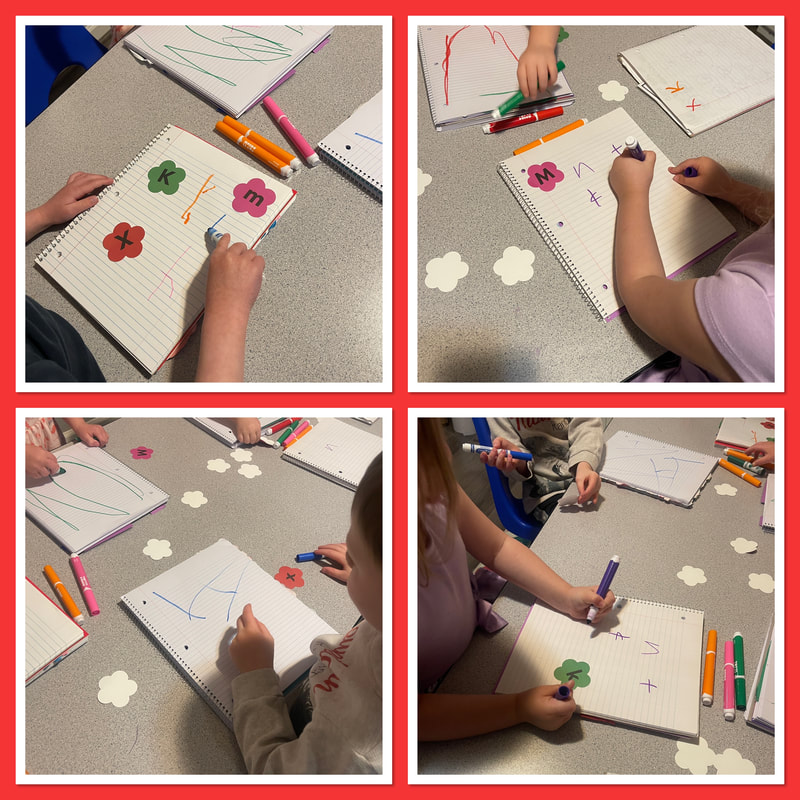
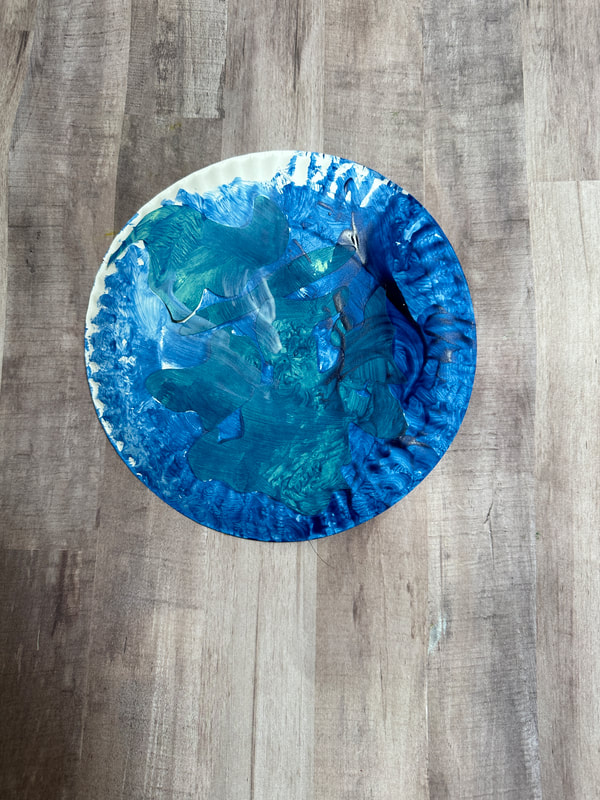
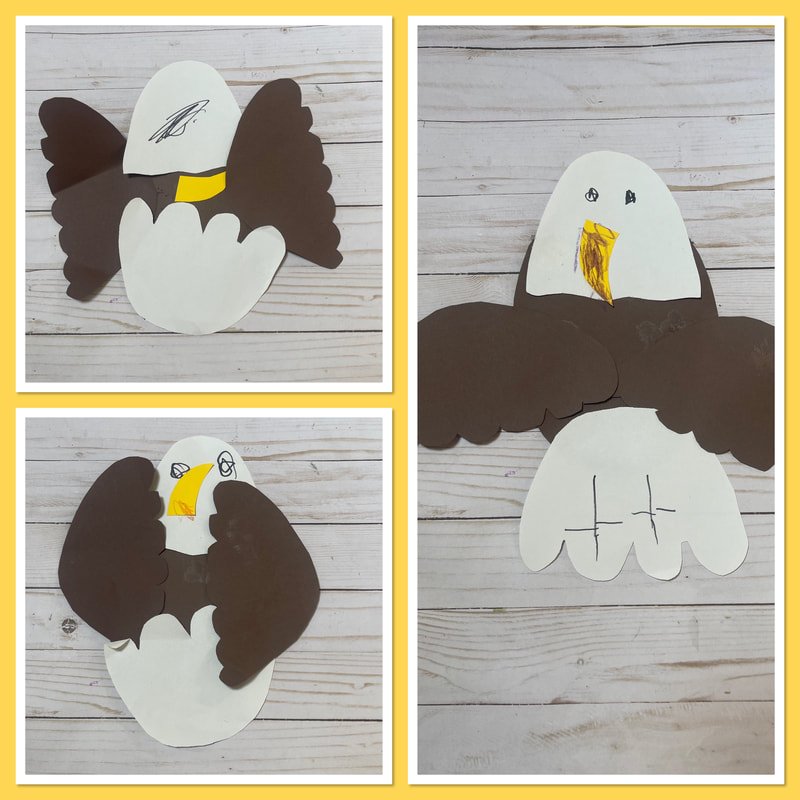
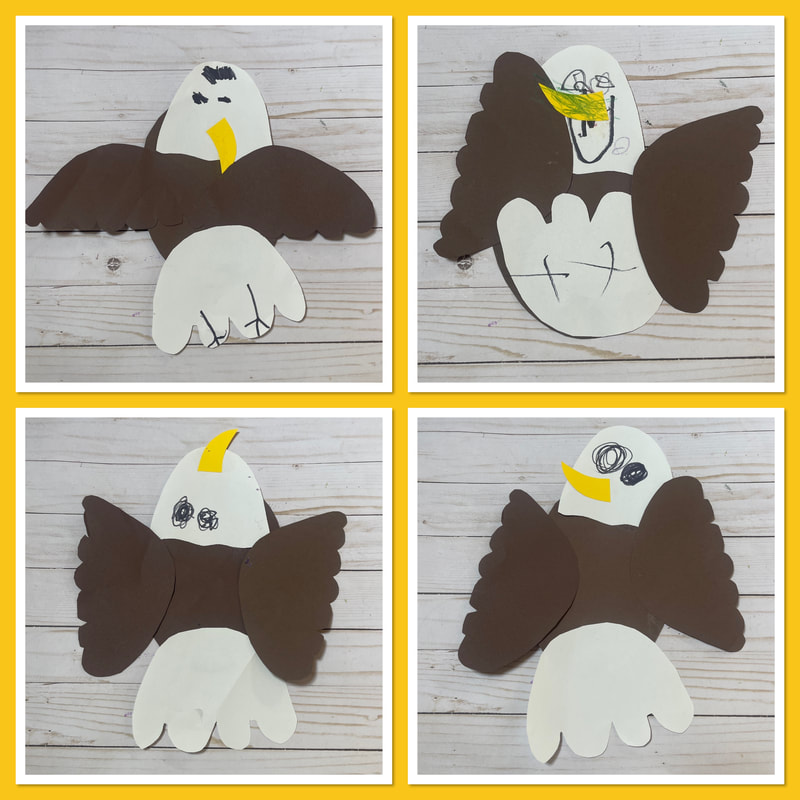
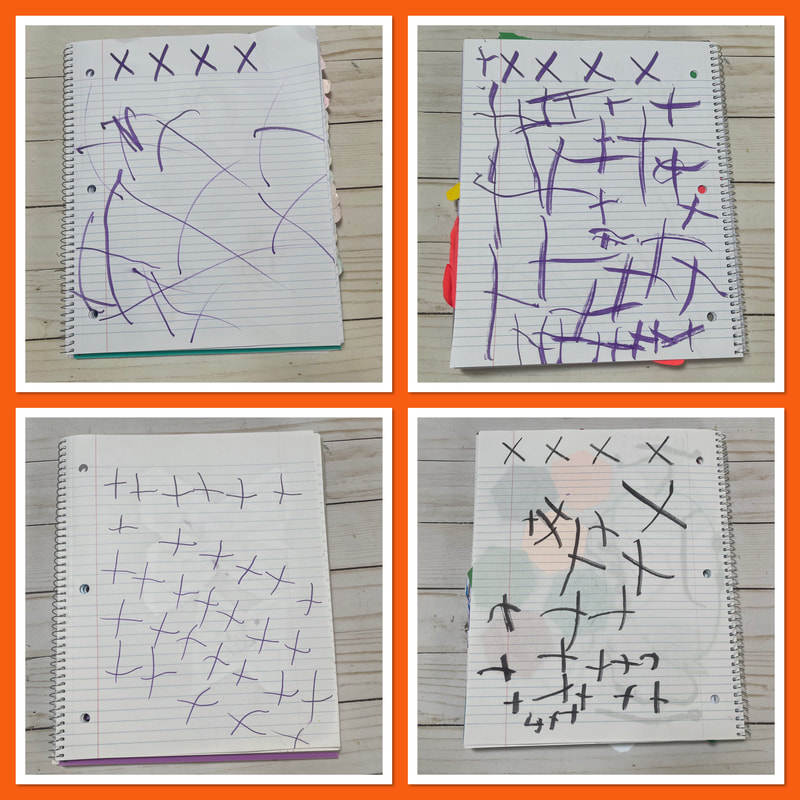
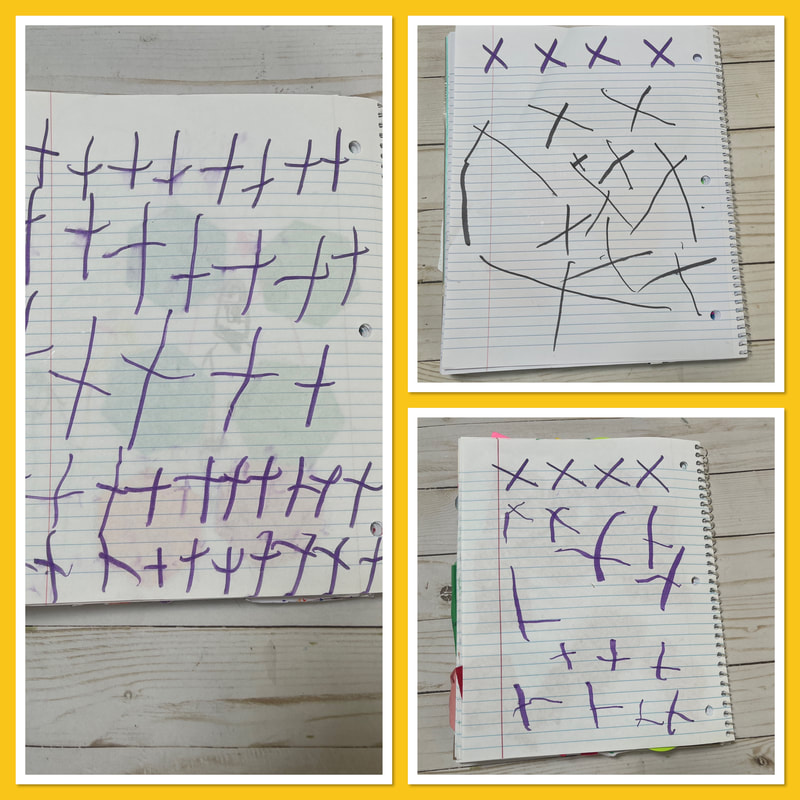
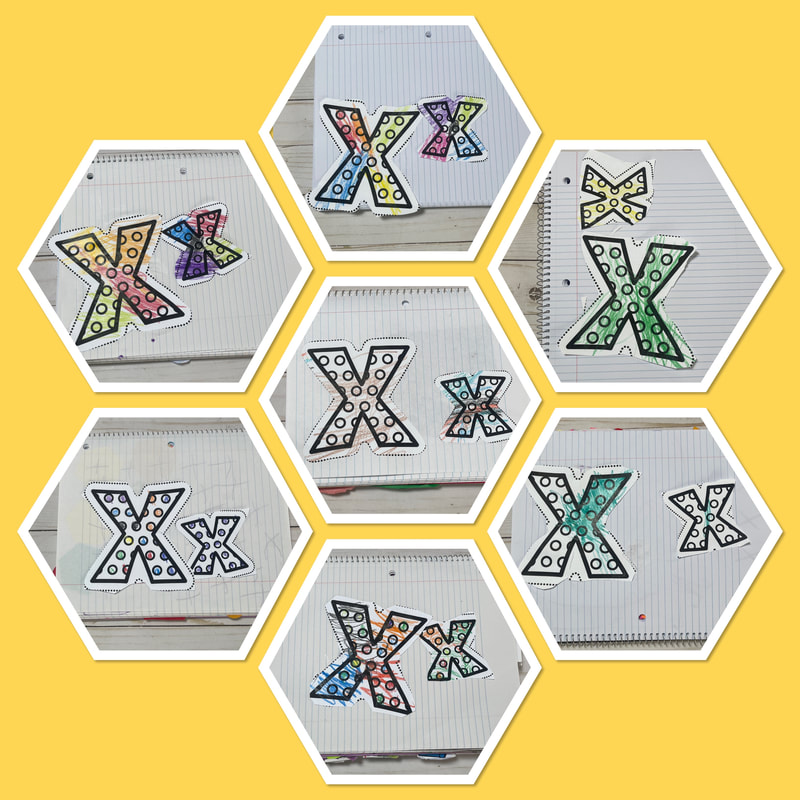
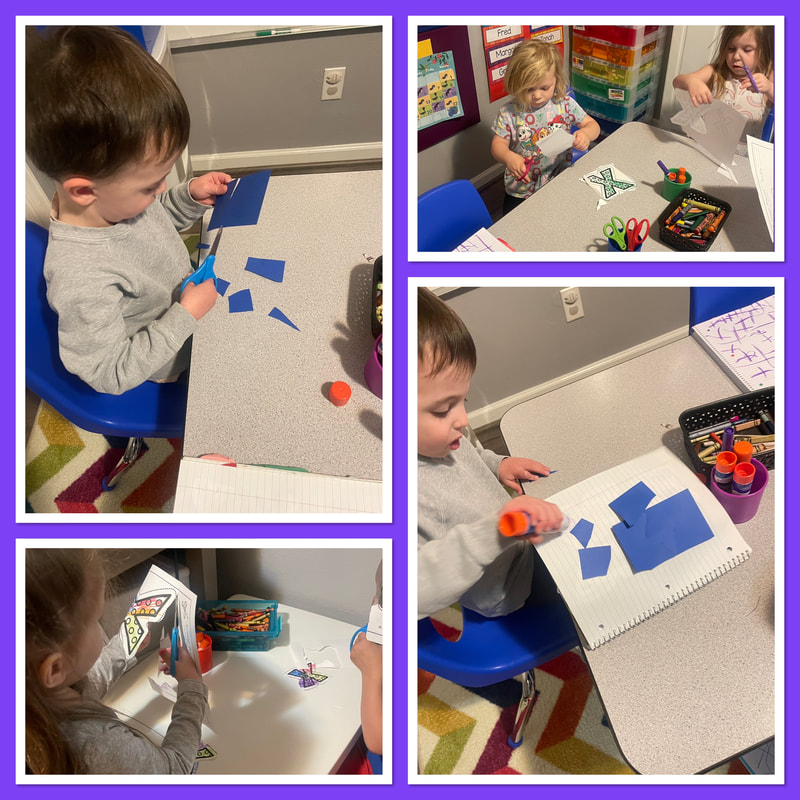
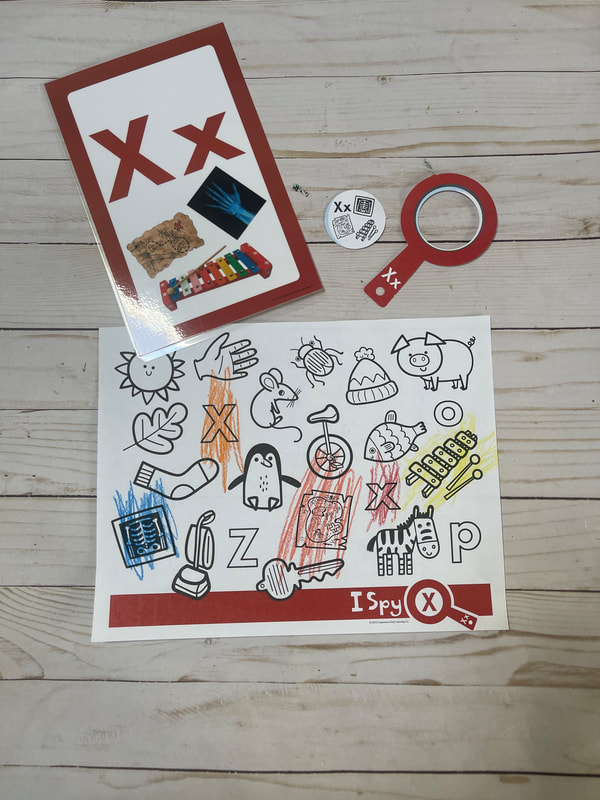
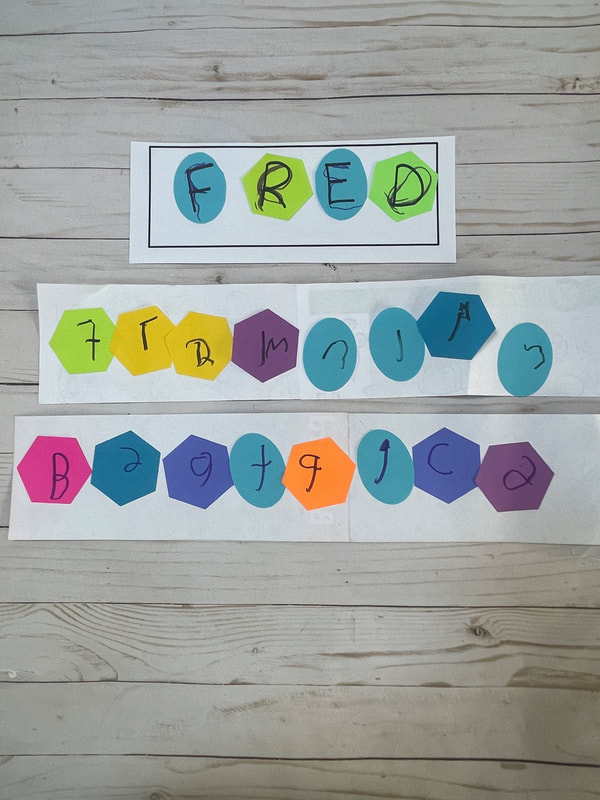
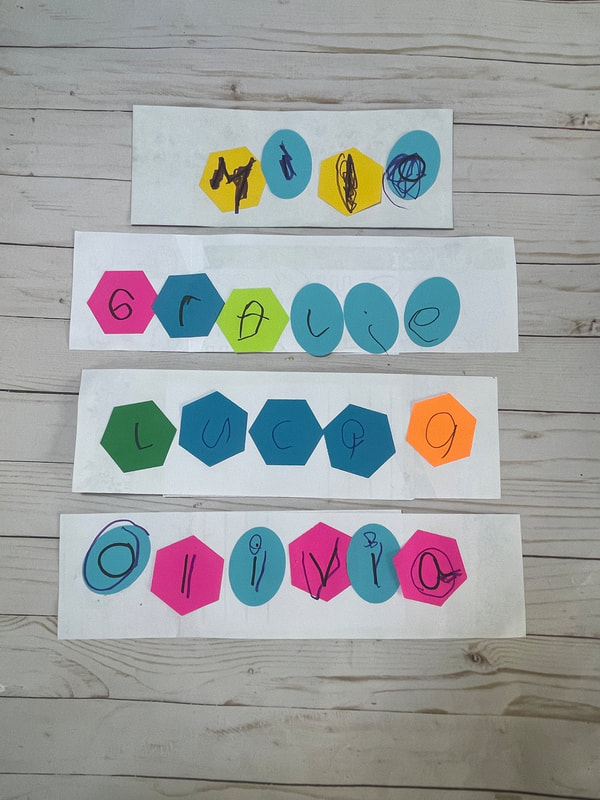
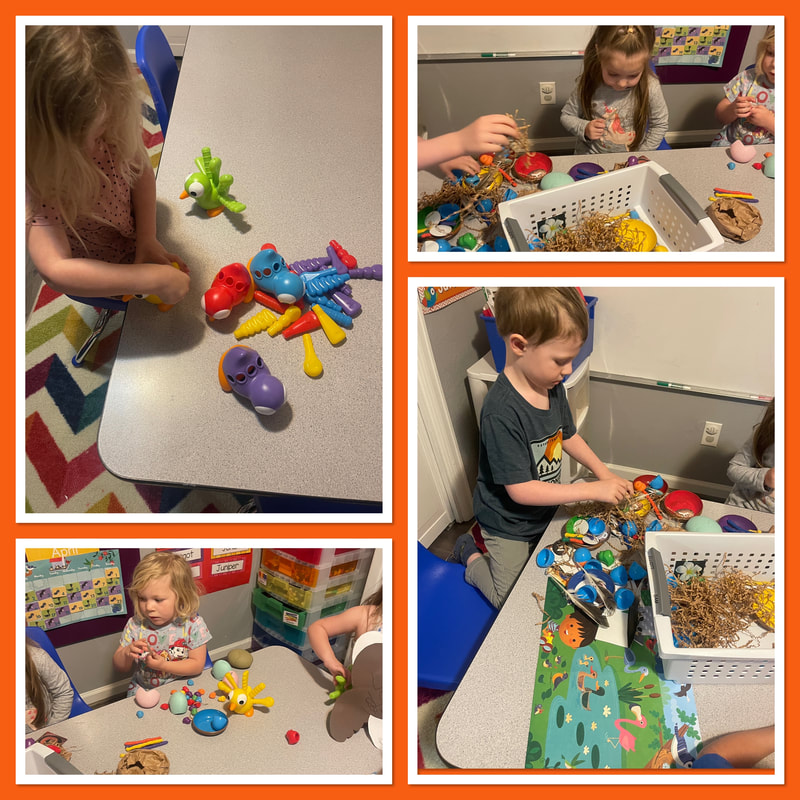
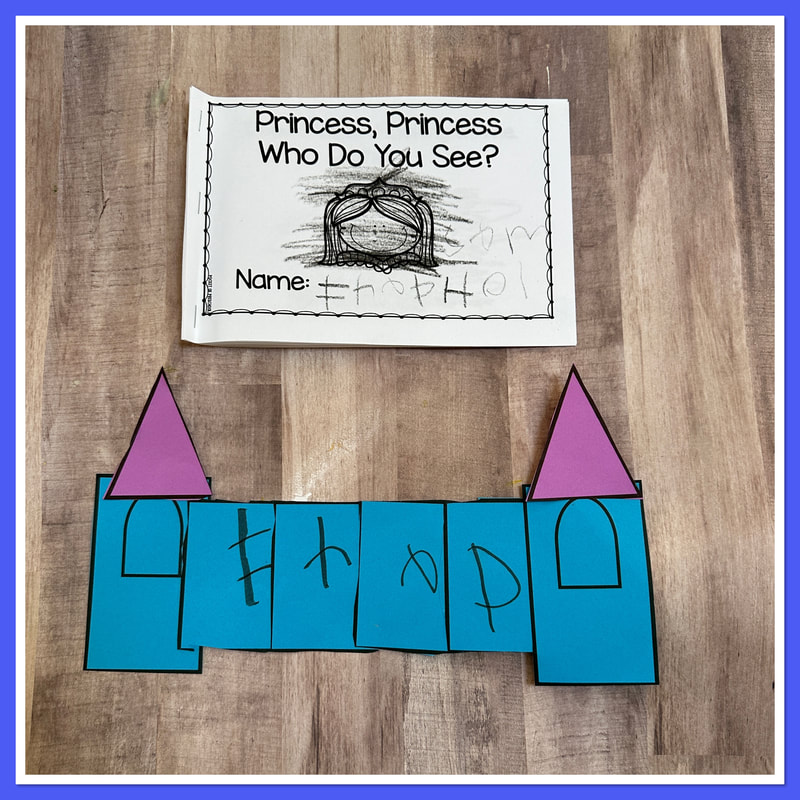
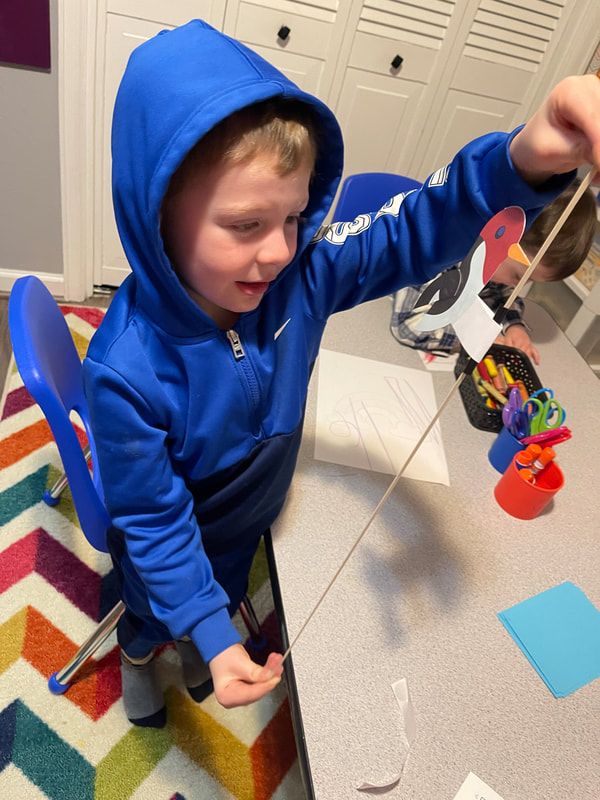
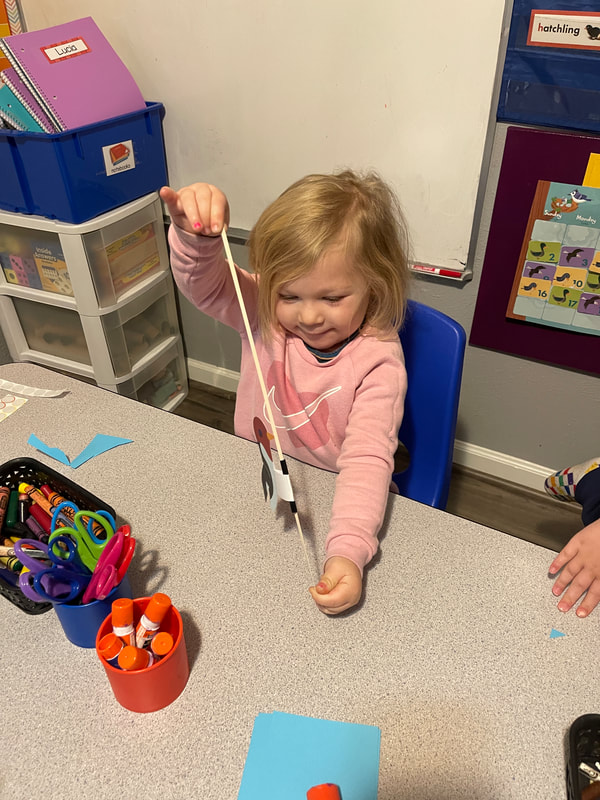
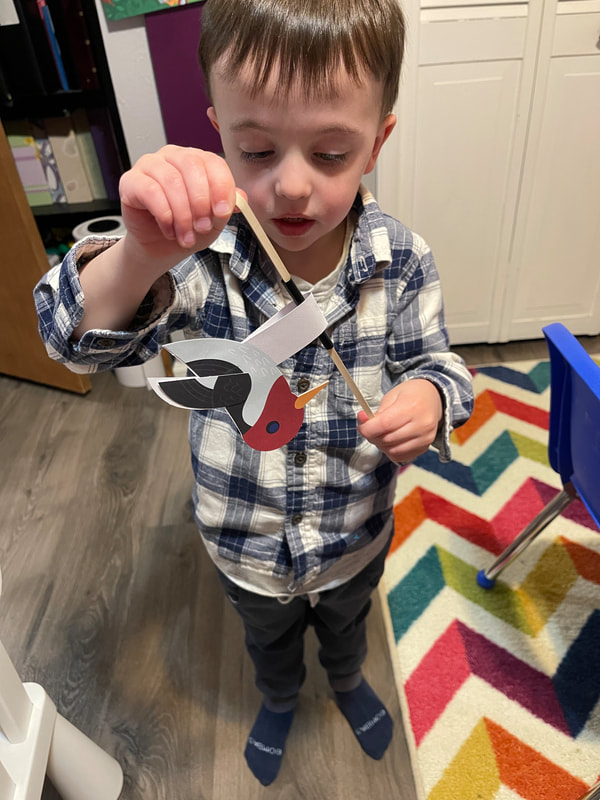
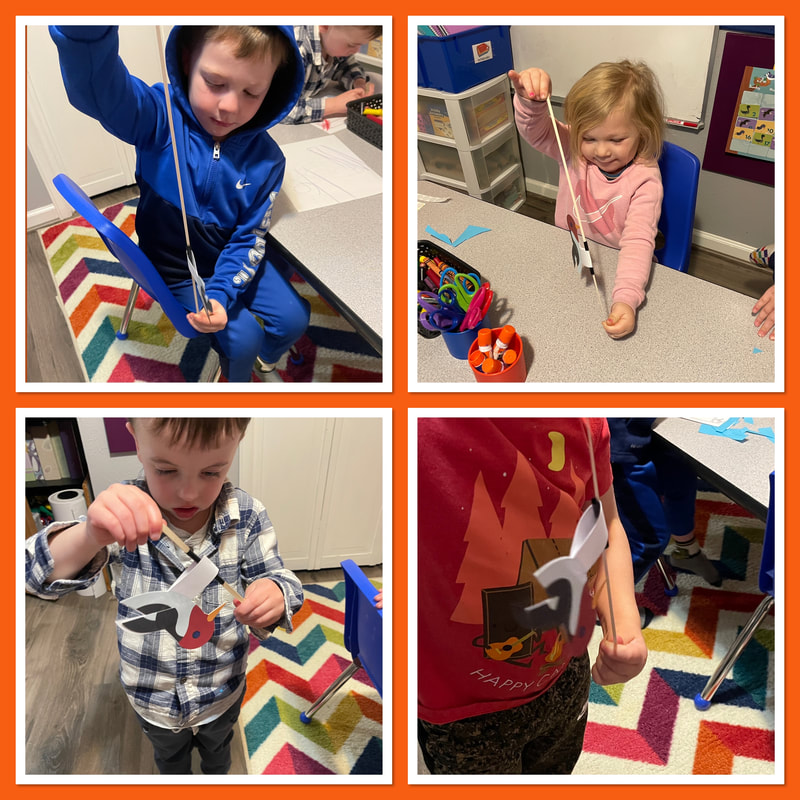
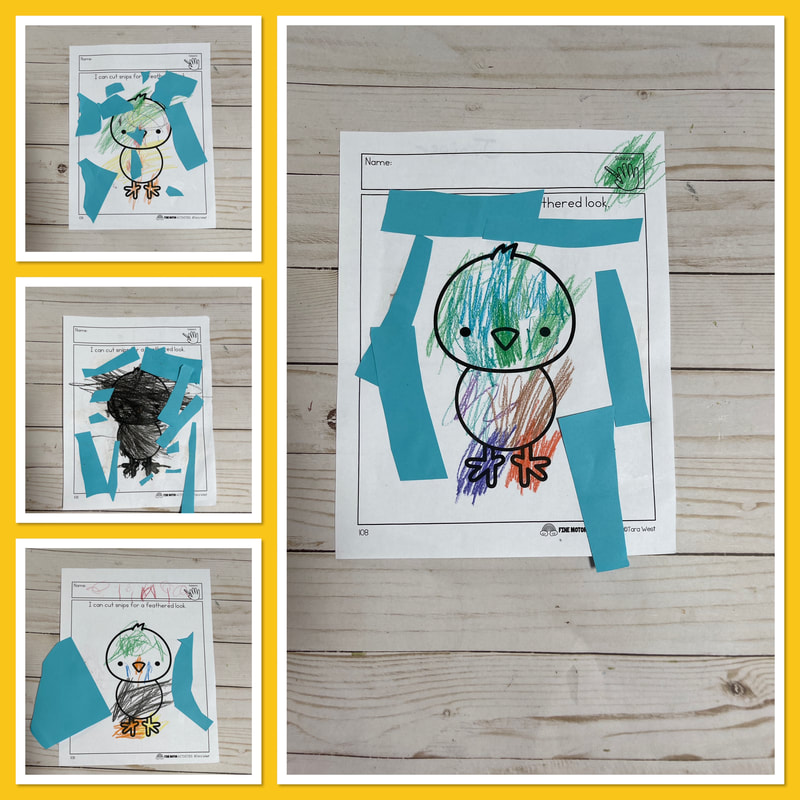
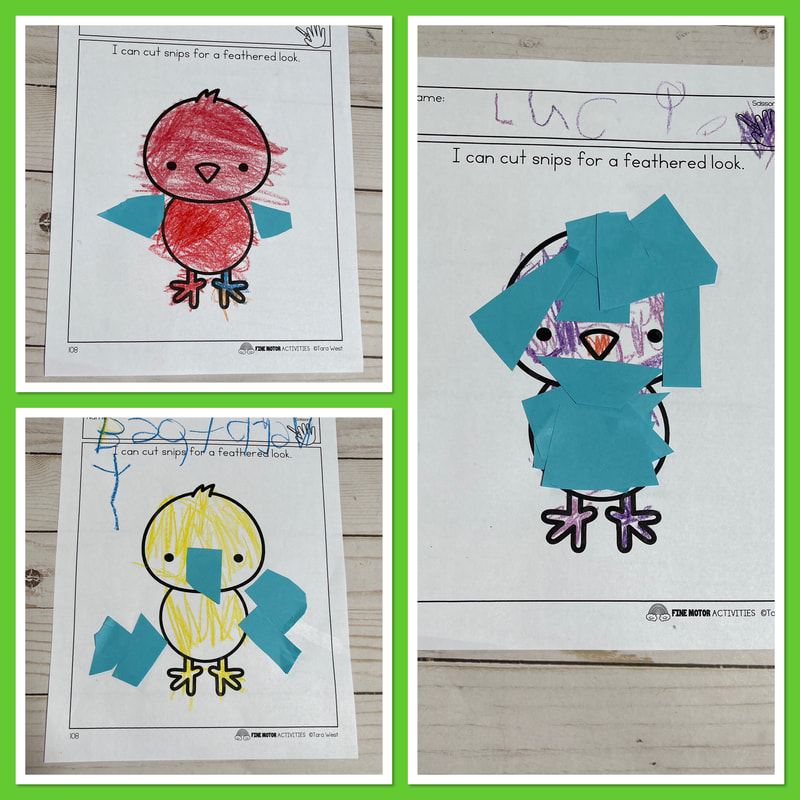
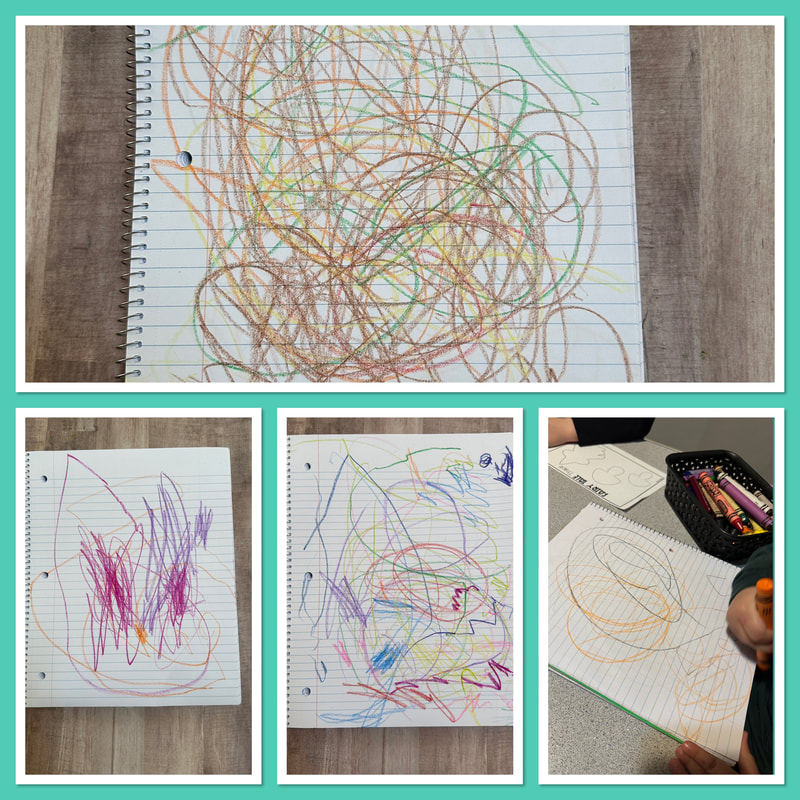
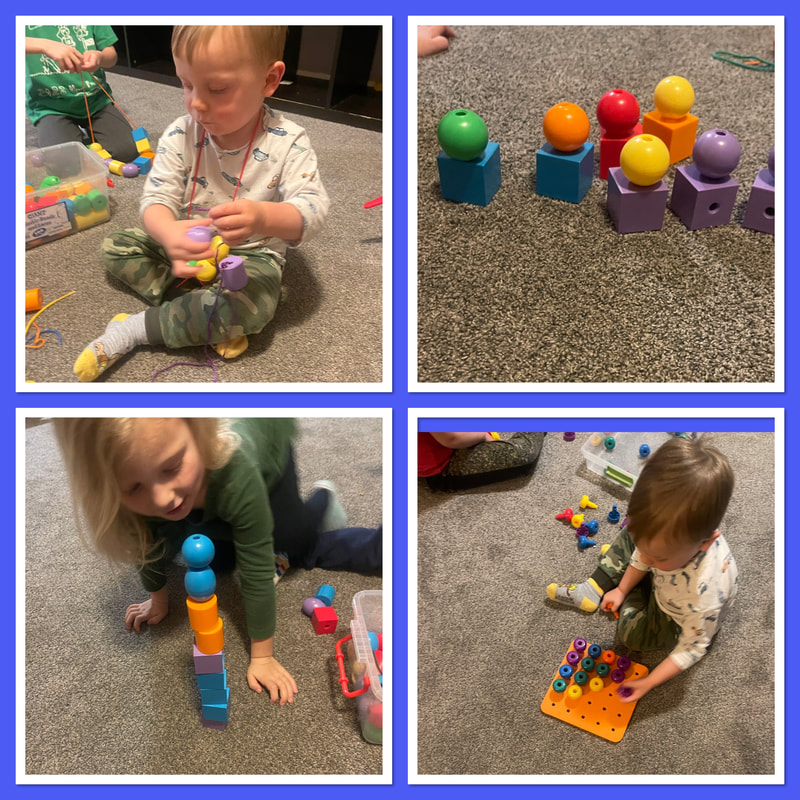
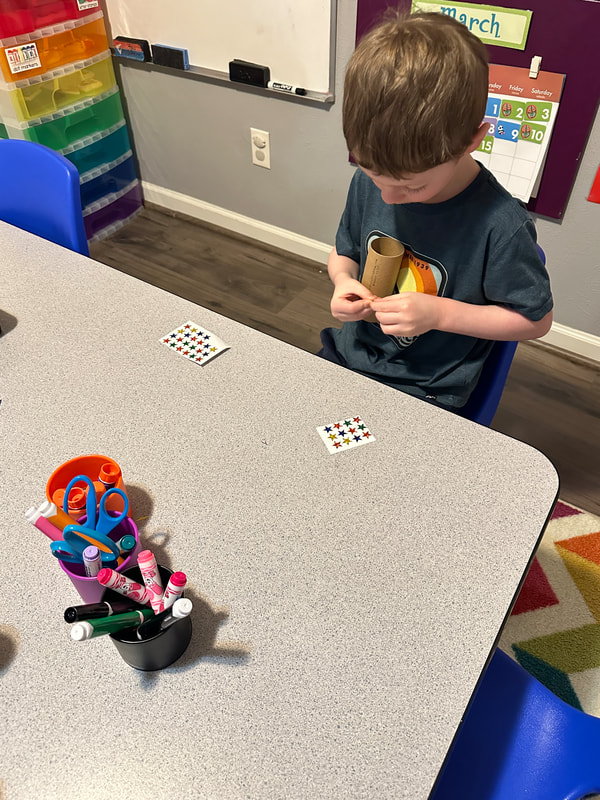
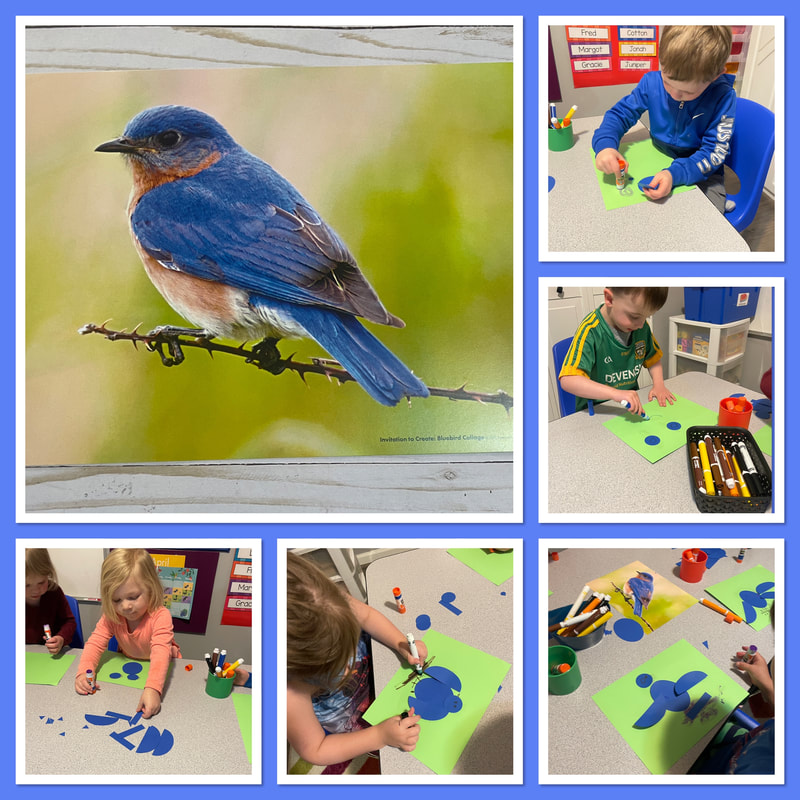
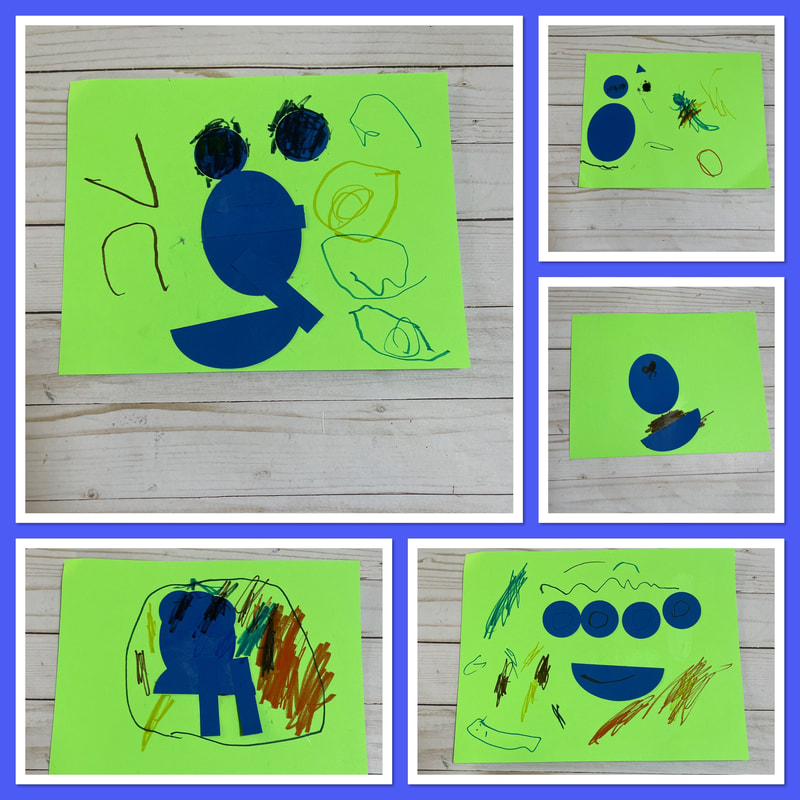
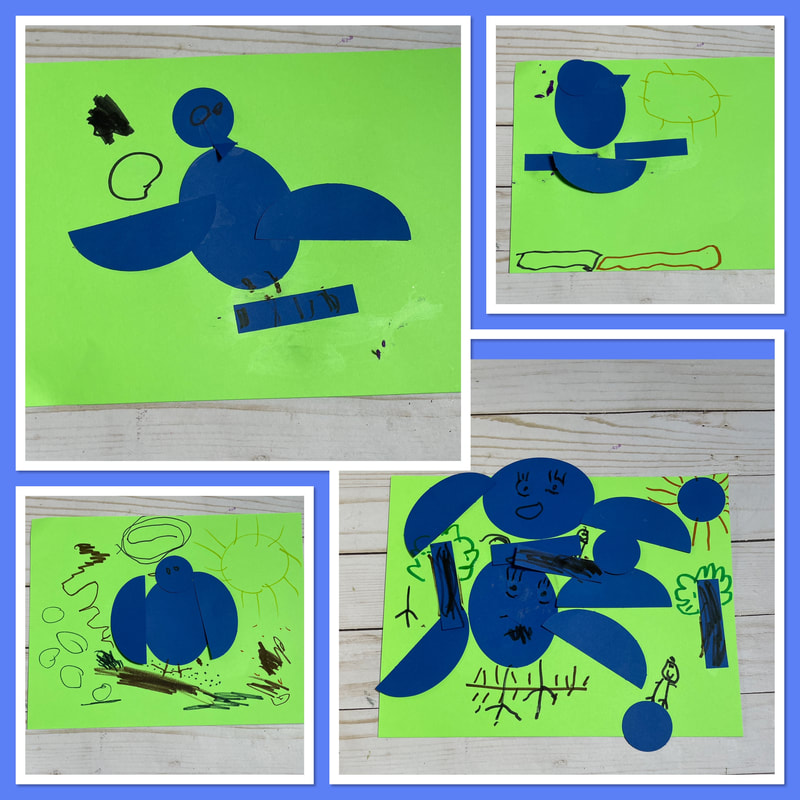
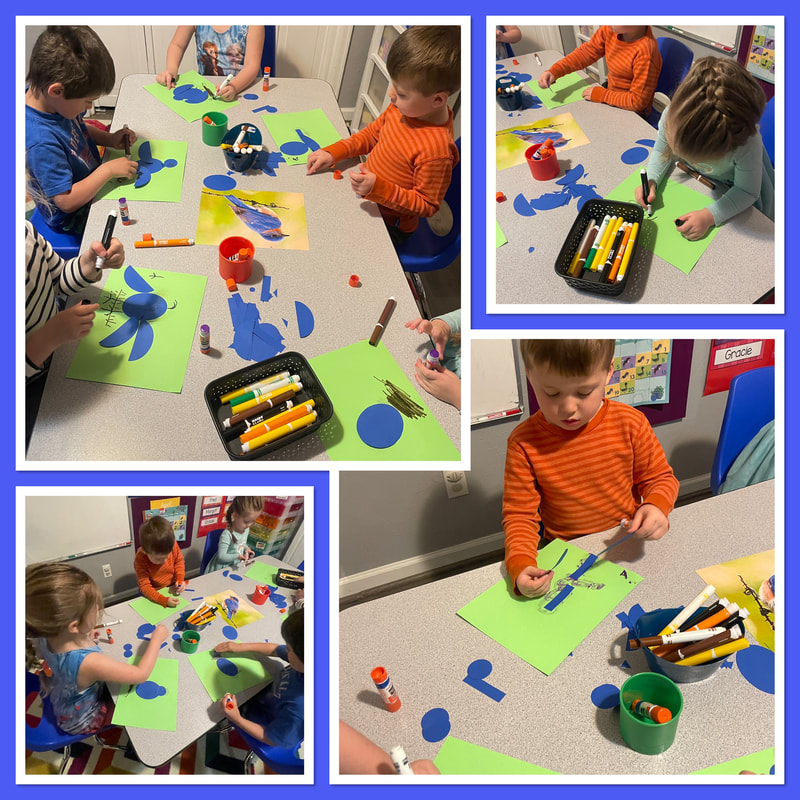
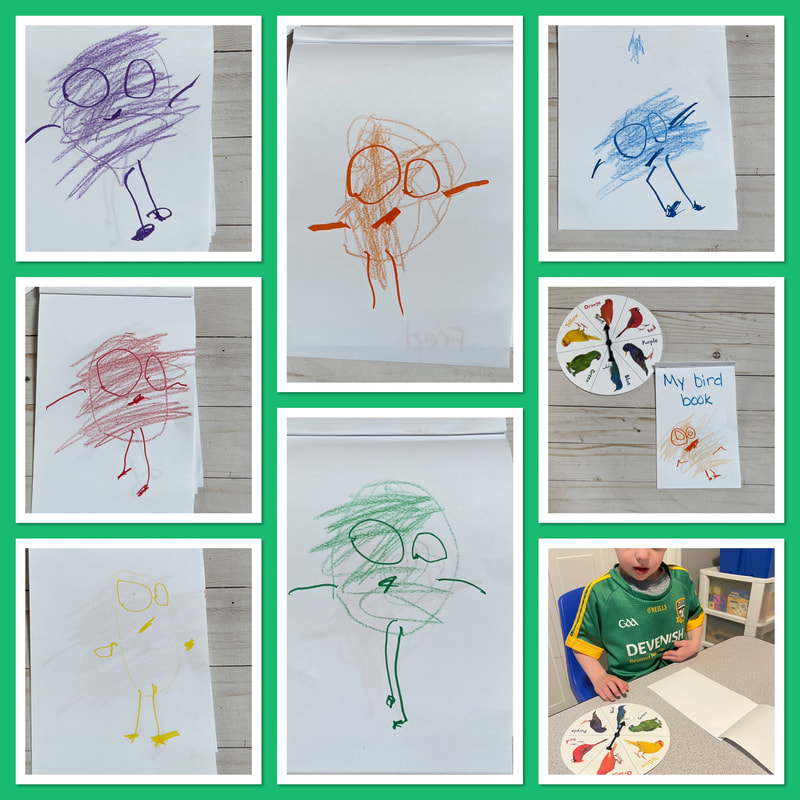
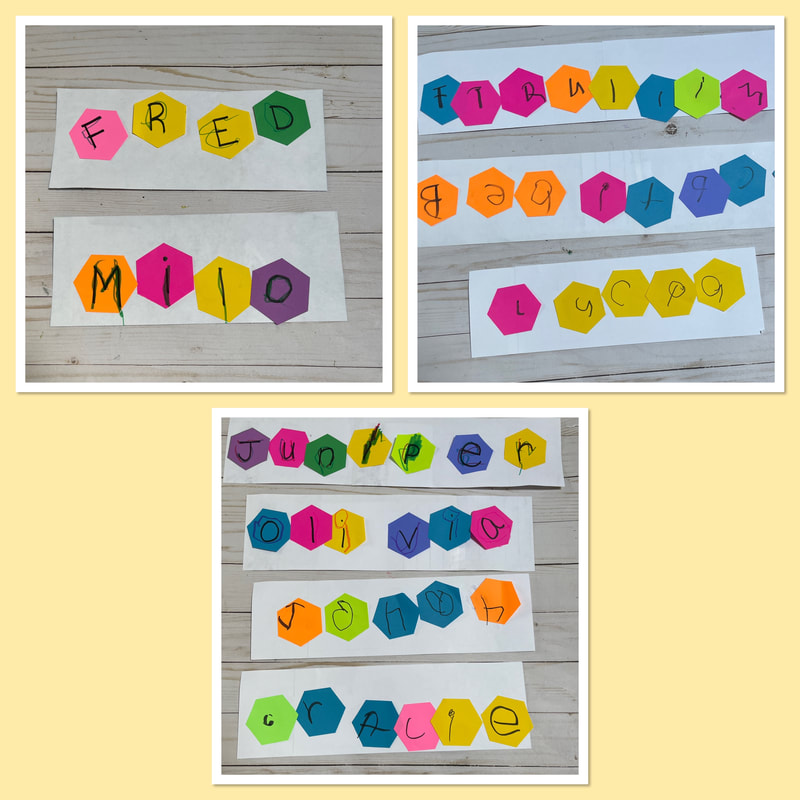
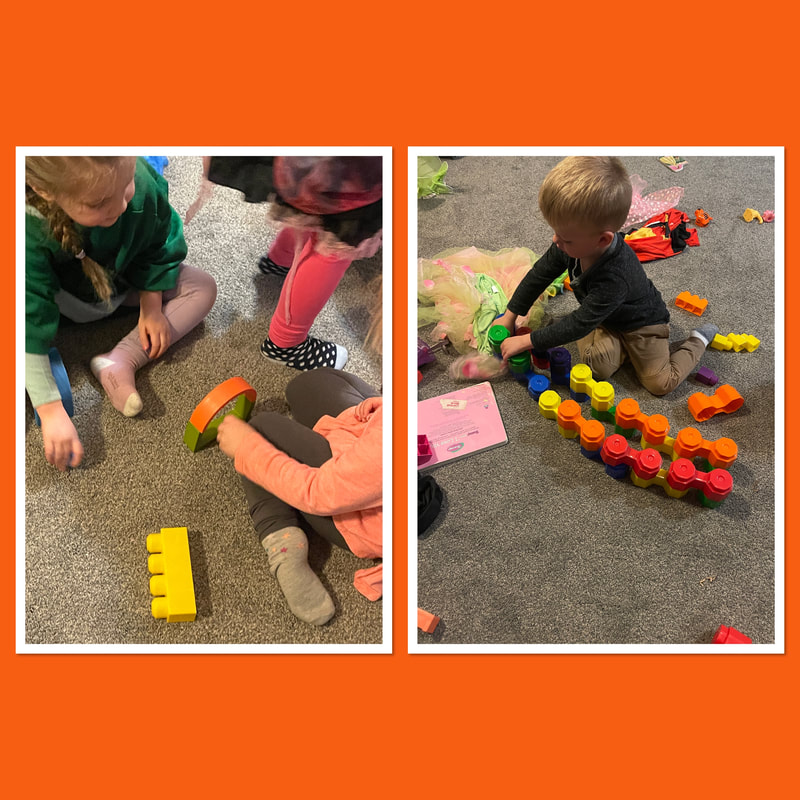

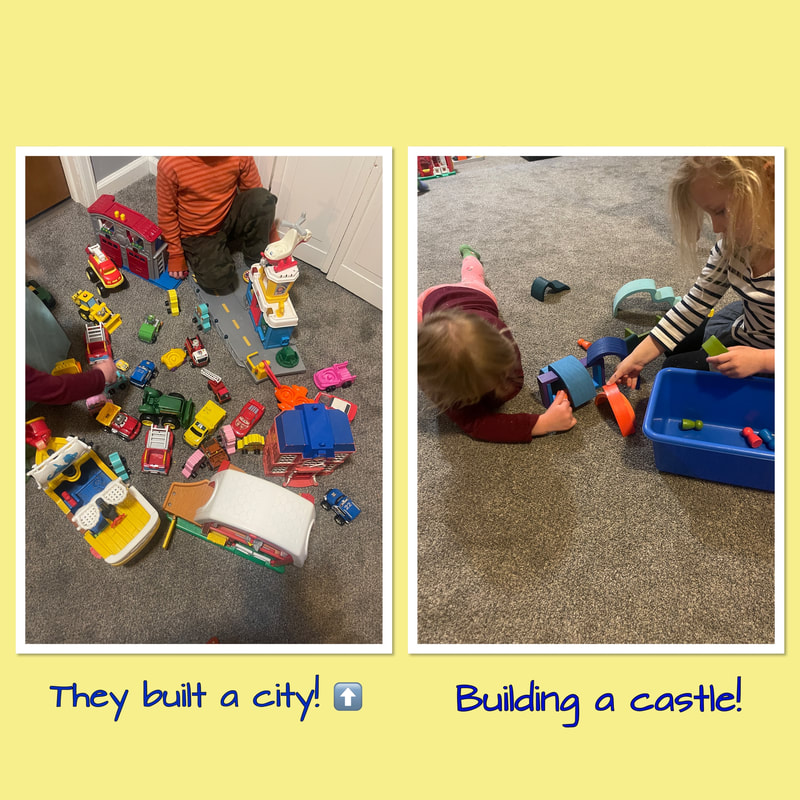
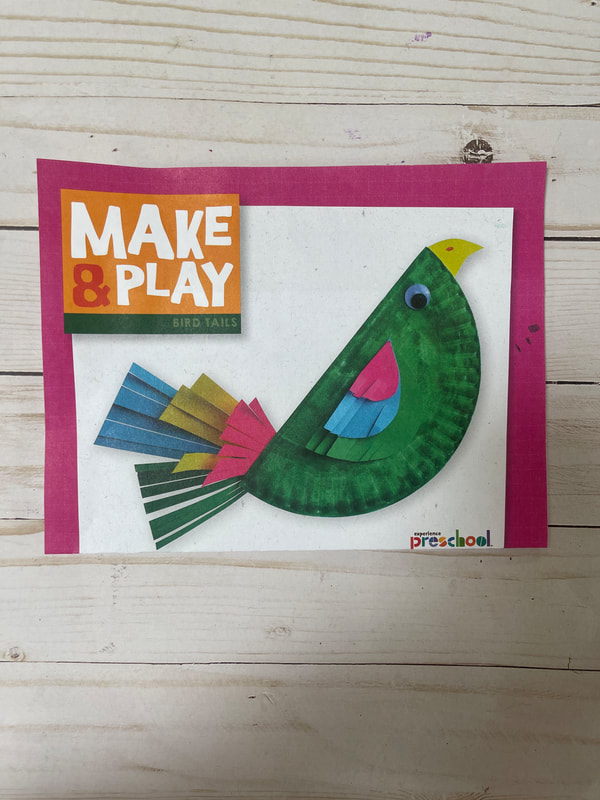
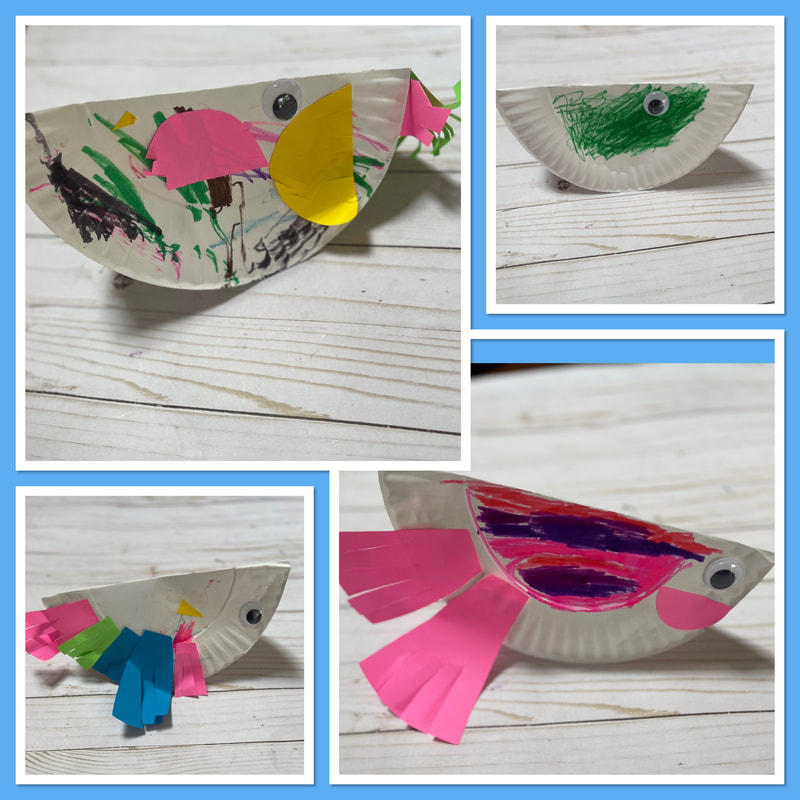
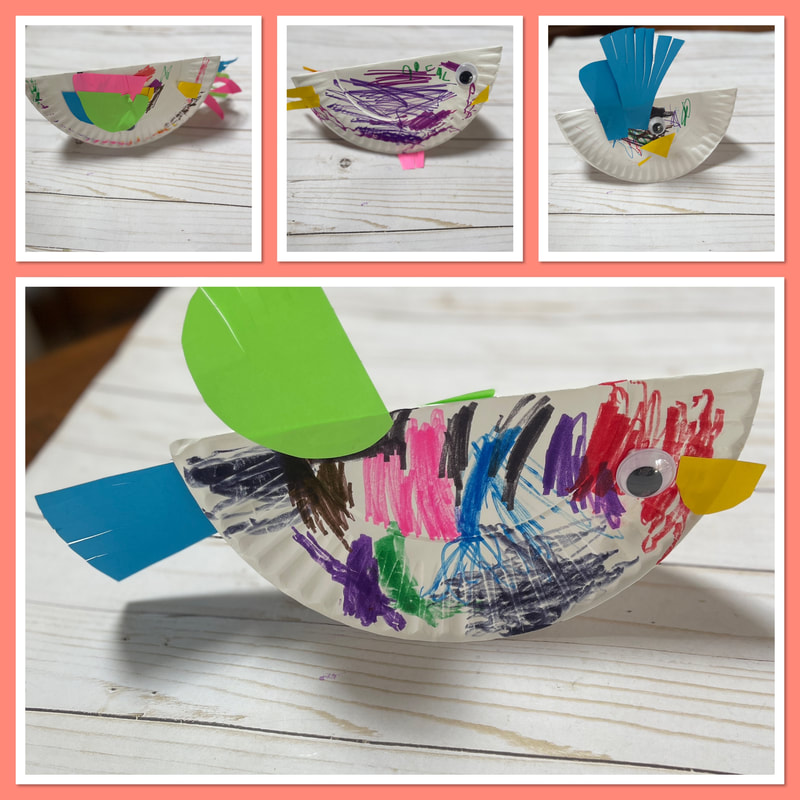
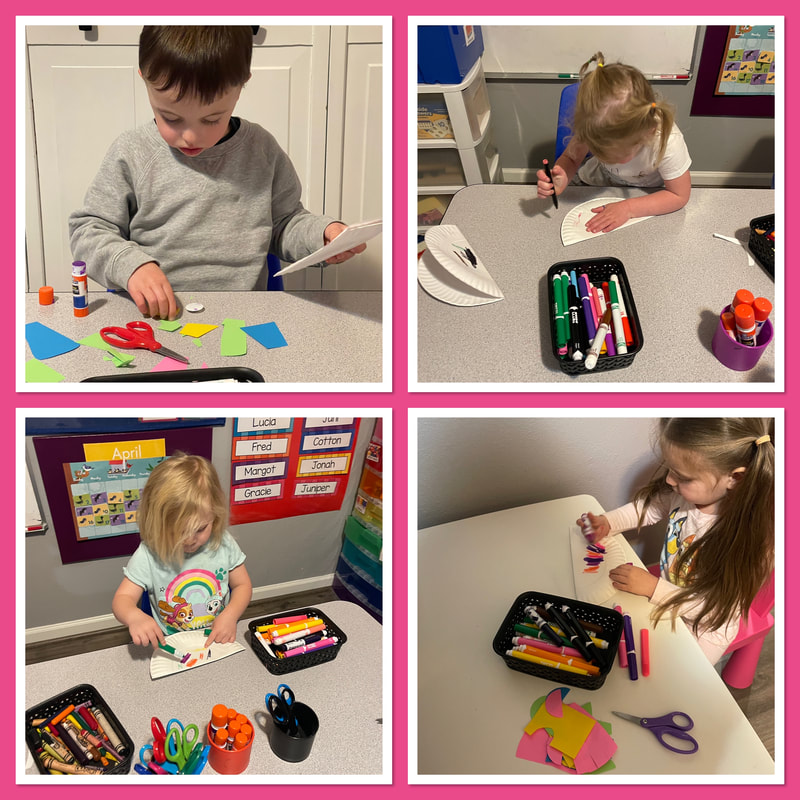
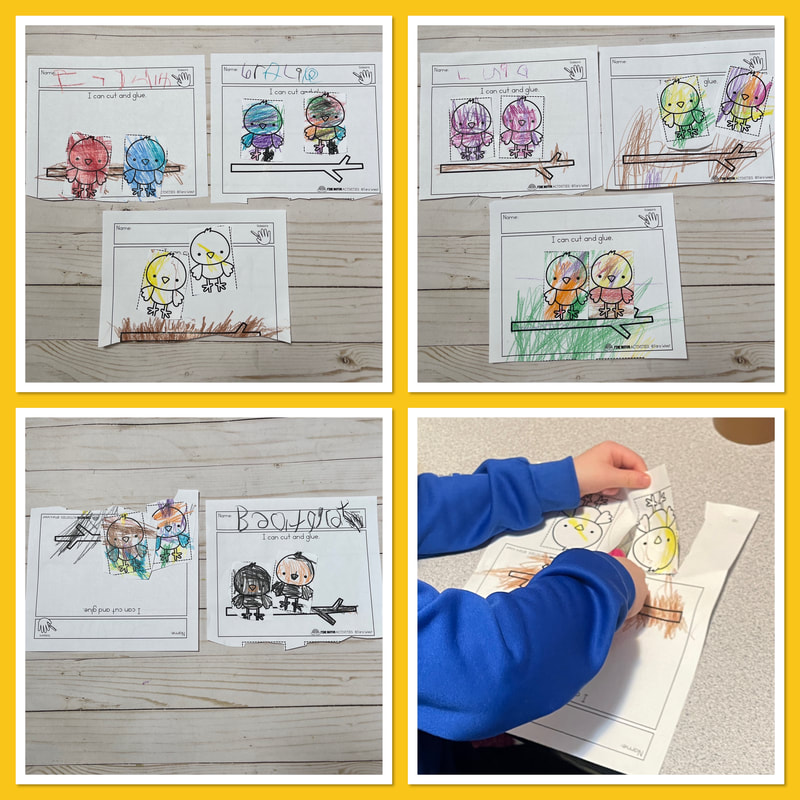
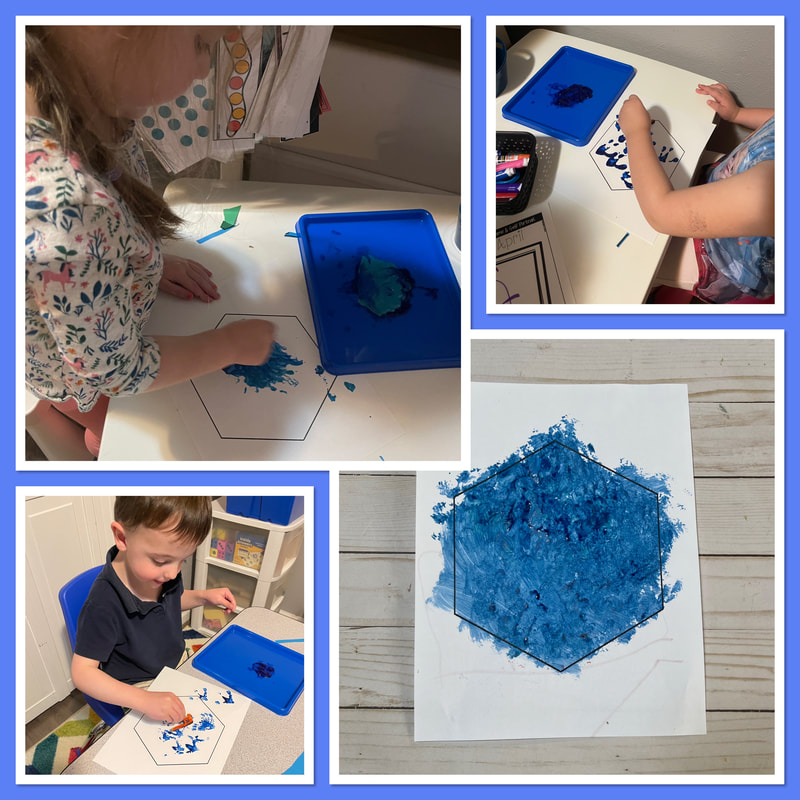
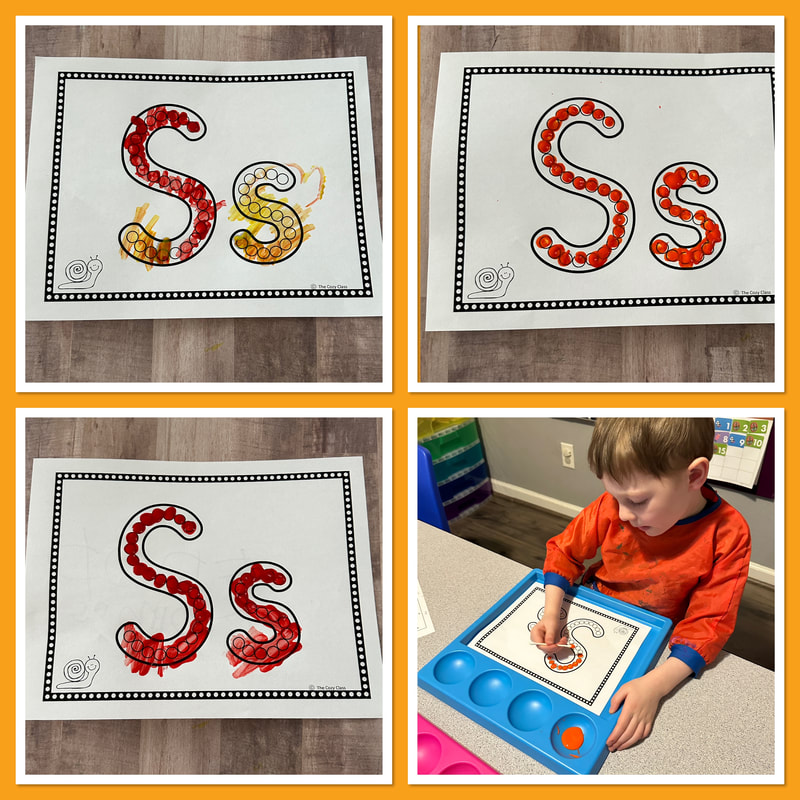
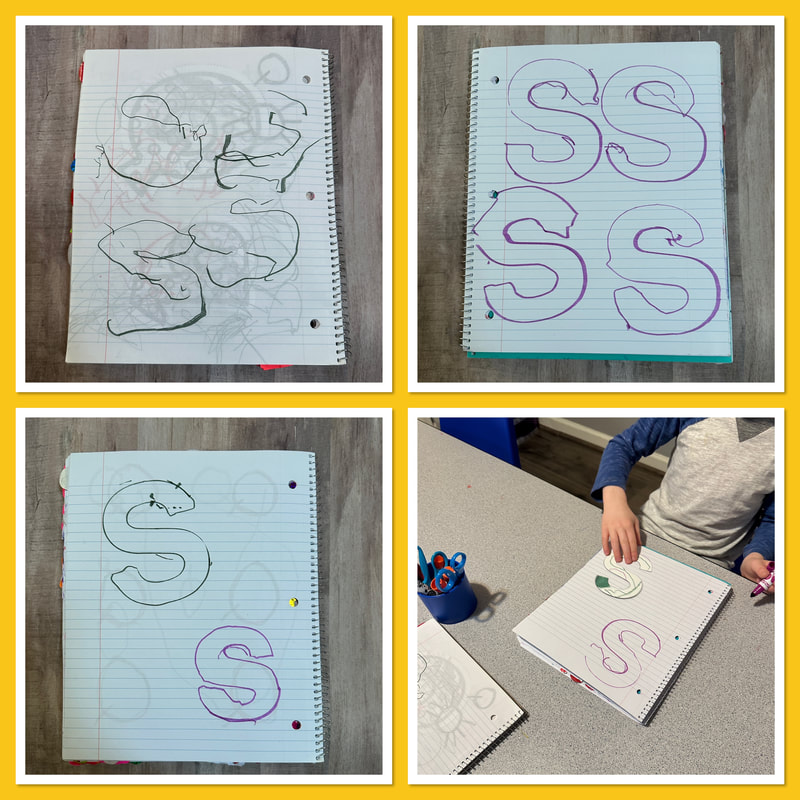
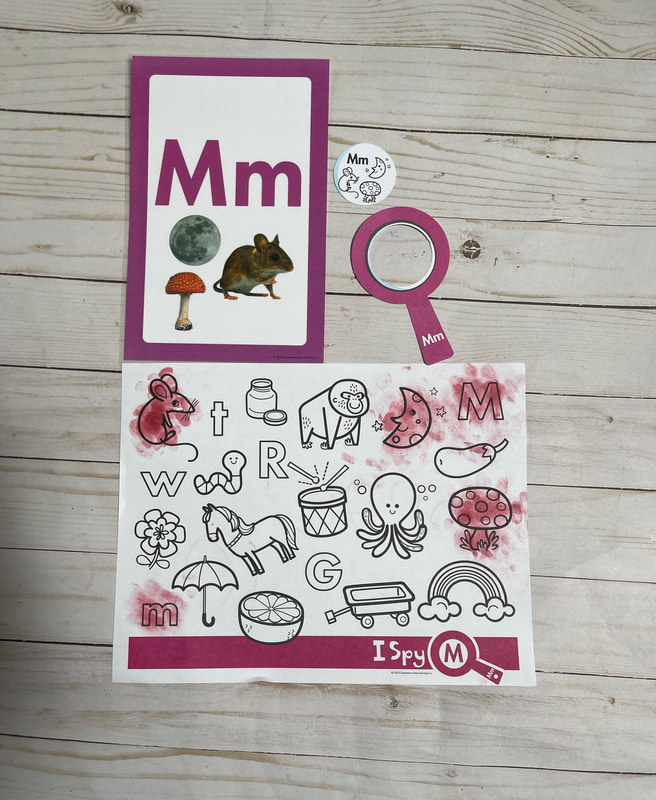
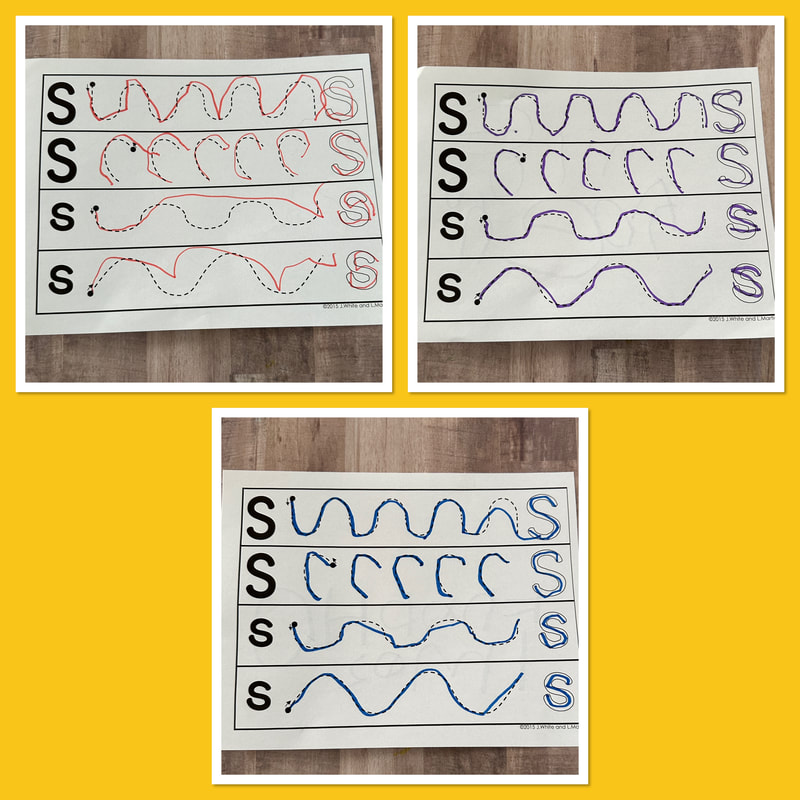
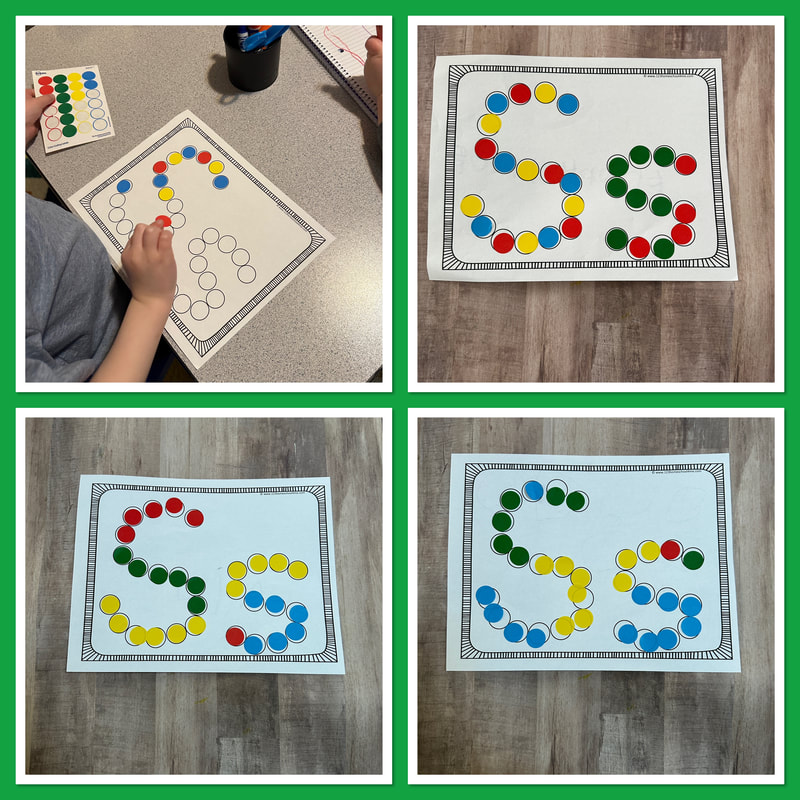
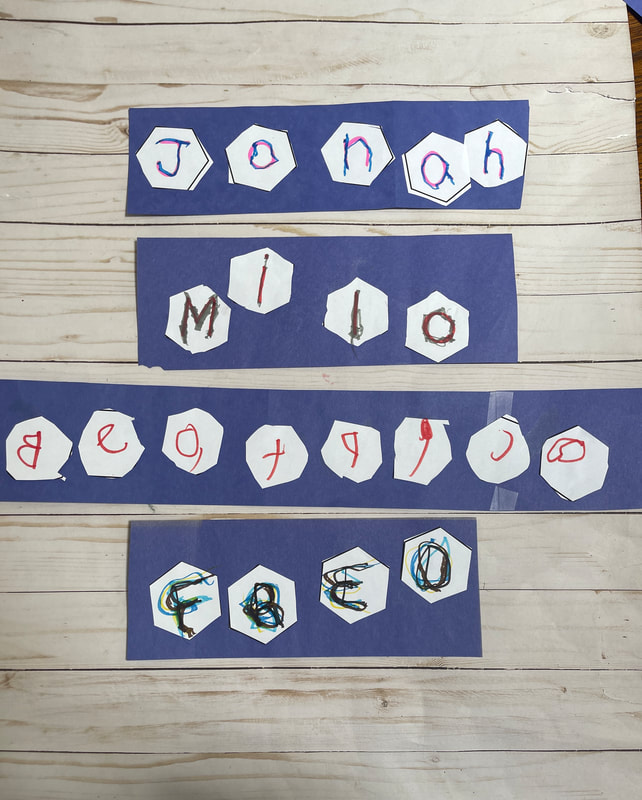
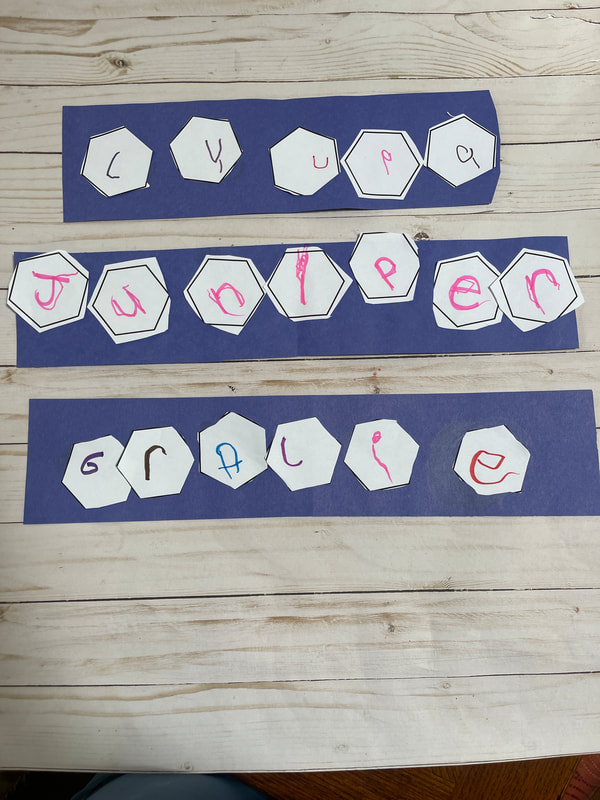
 RSS Feed
RSS Feed